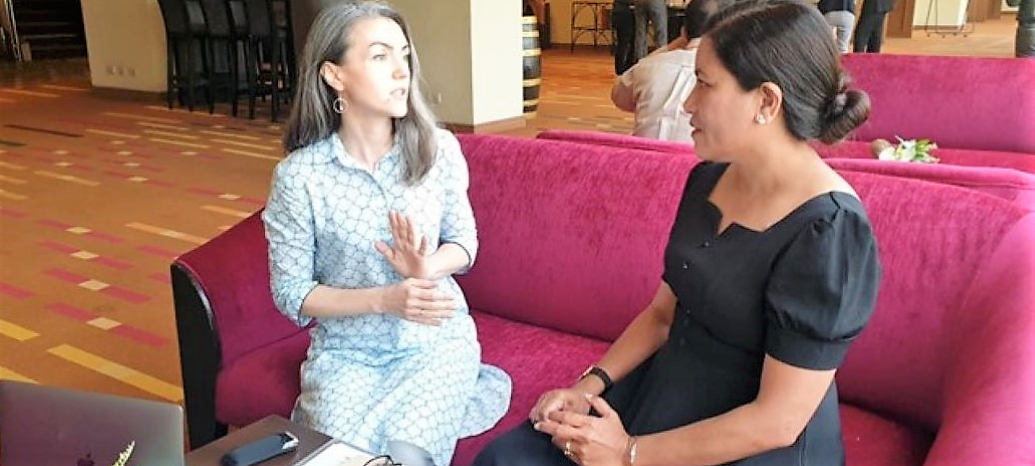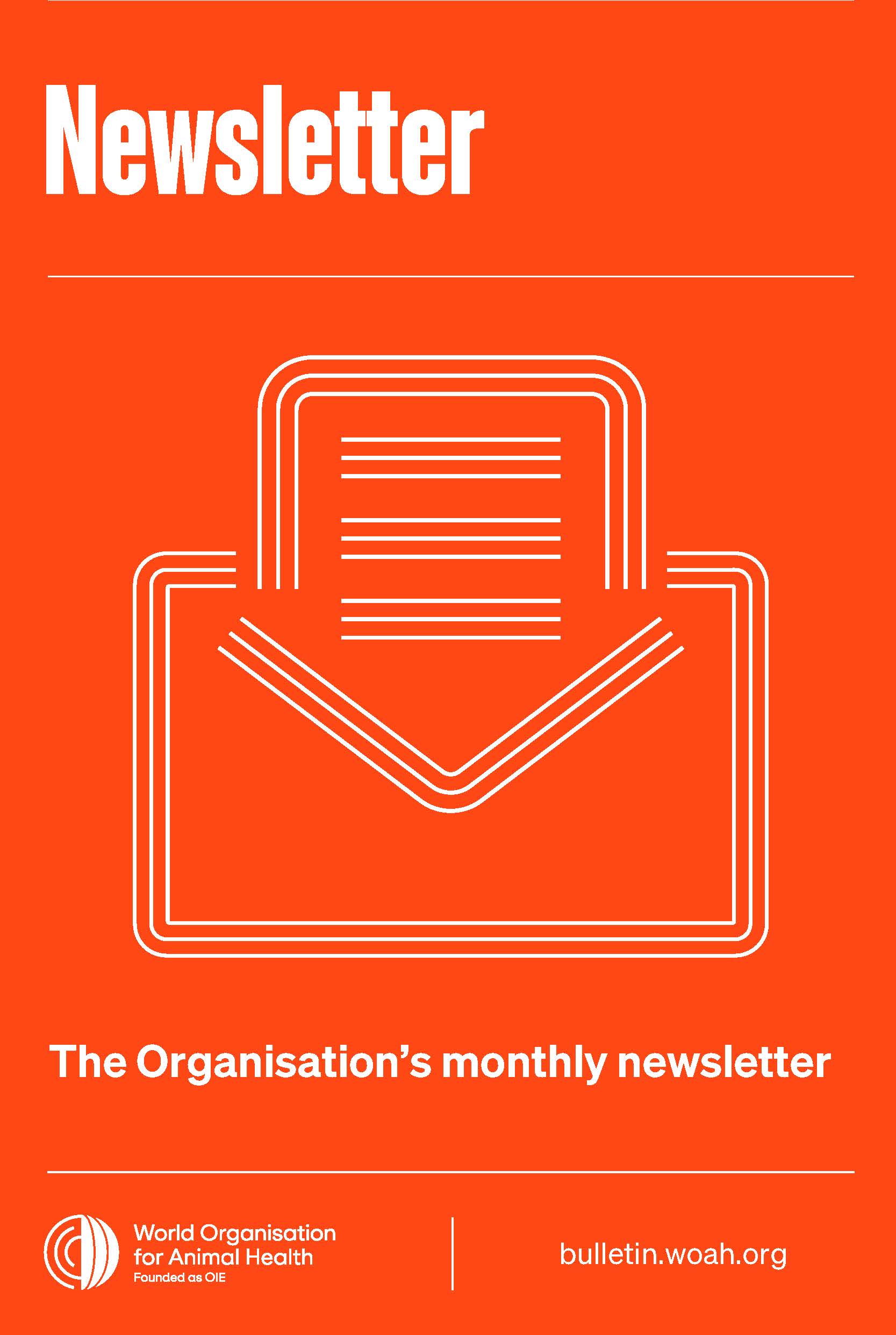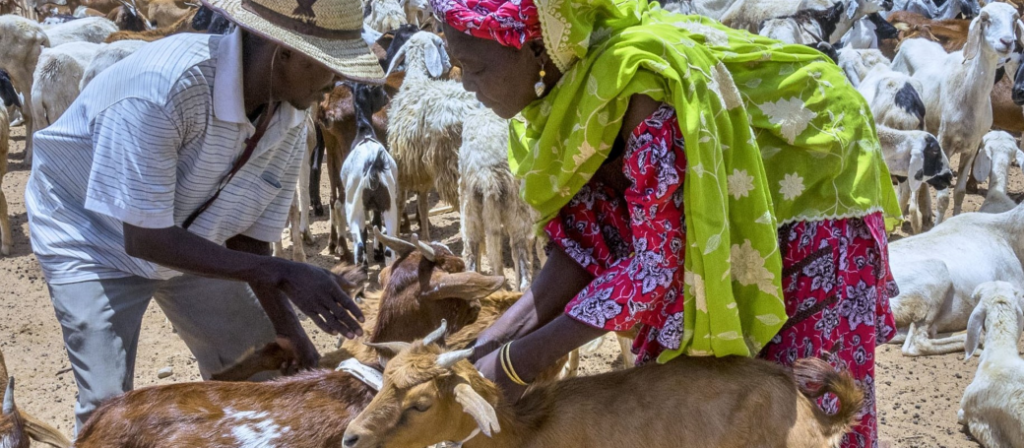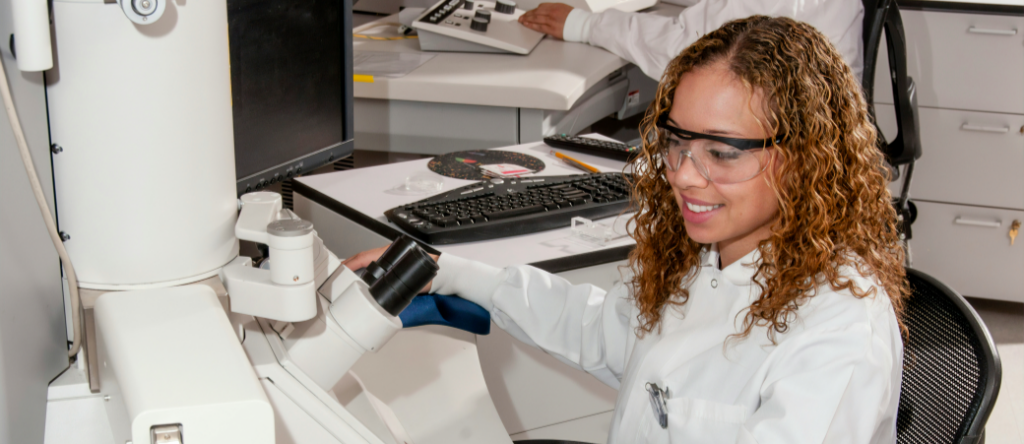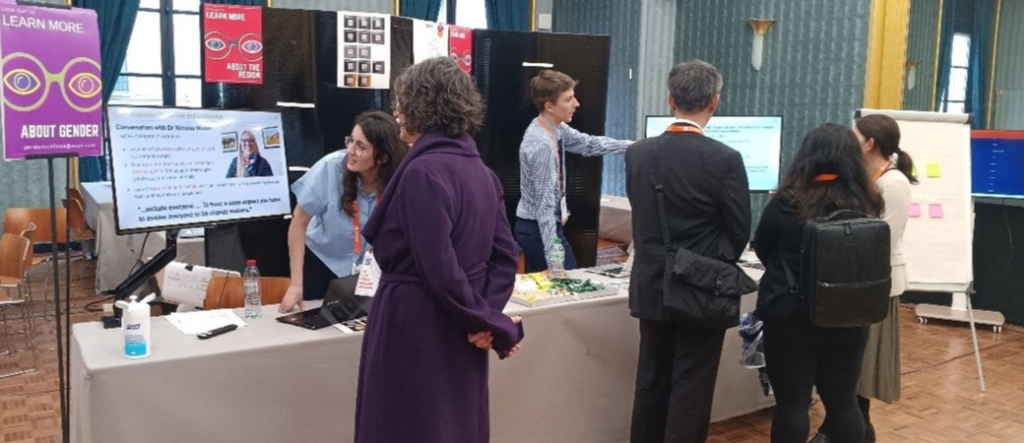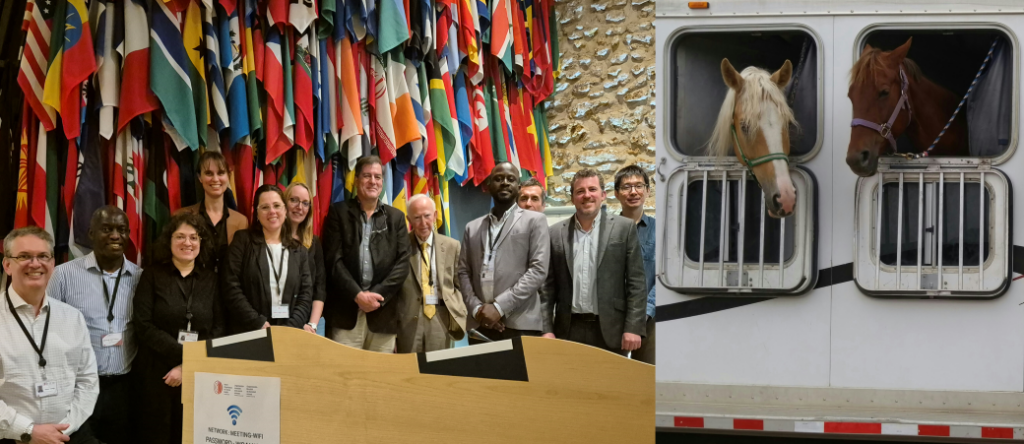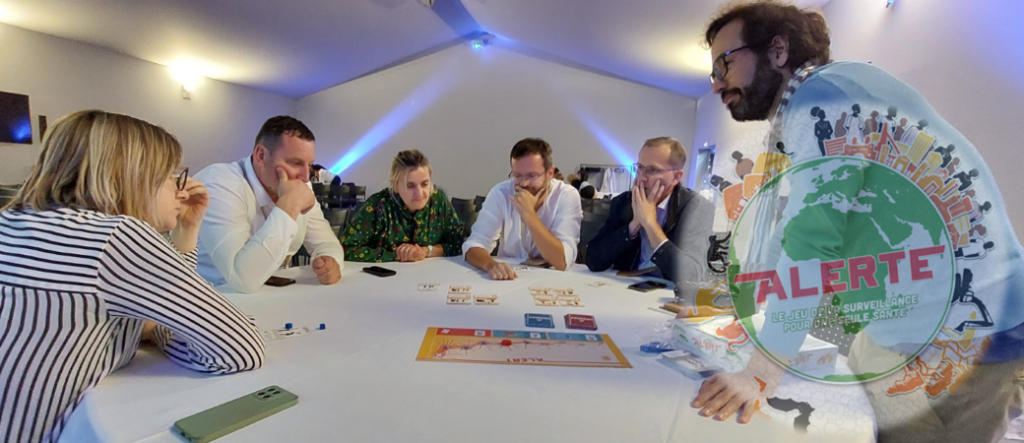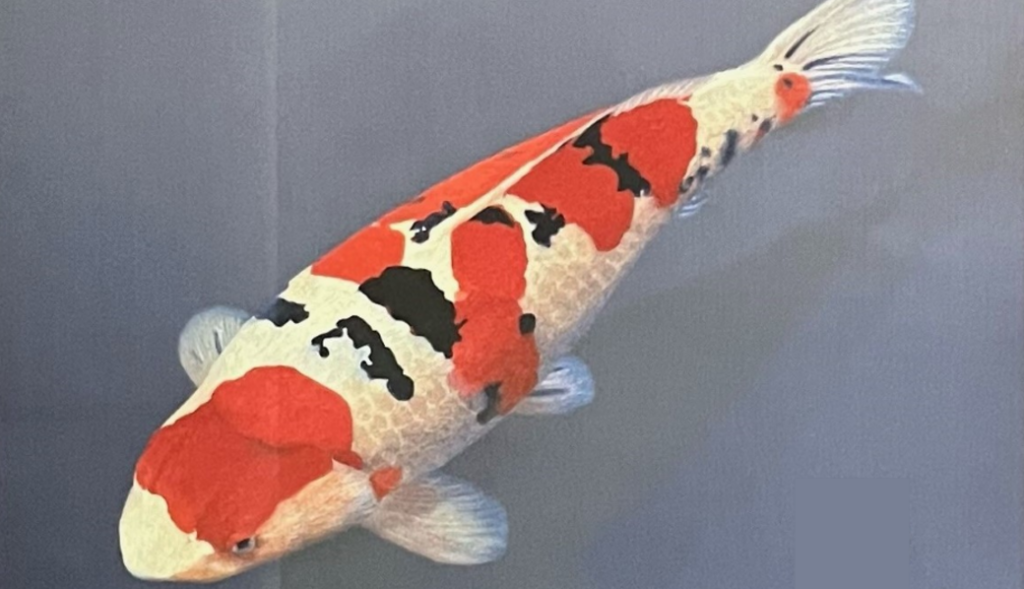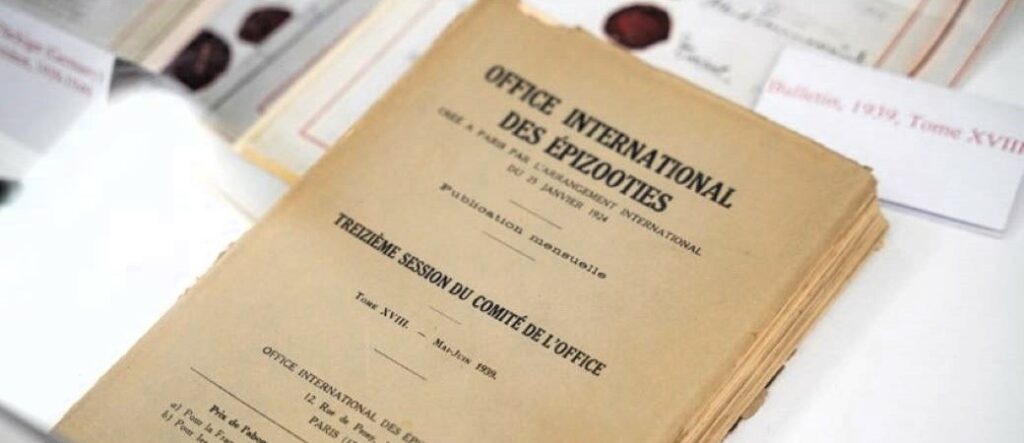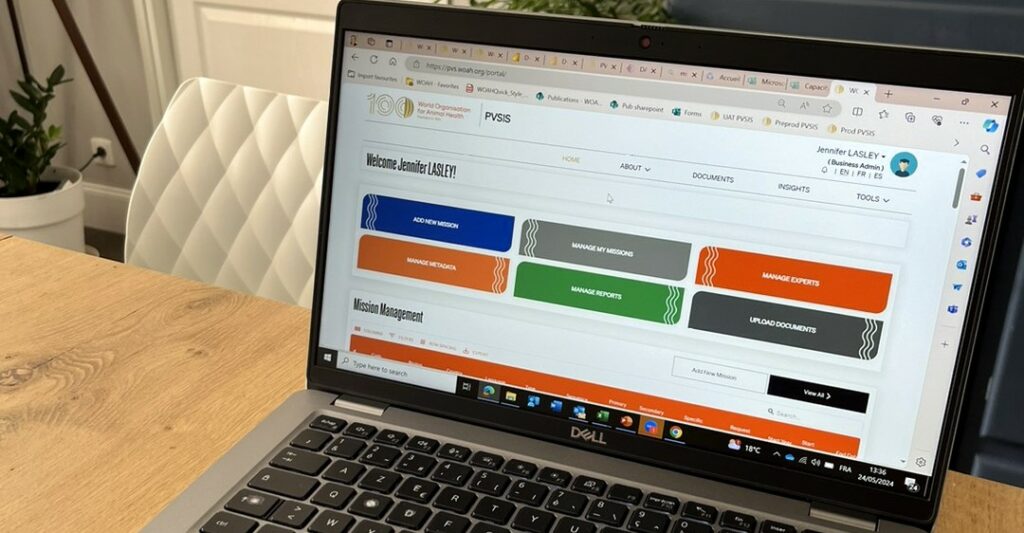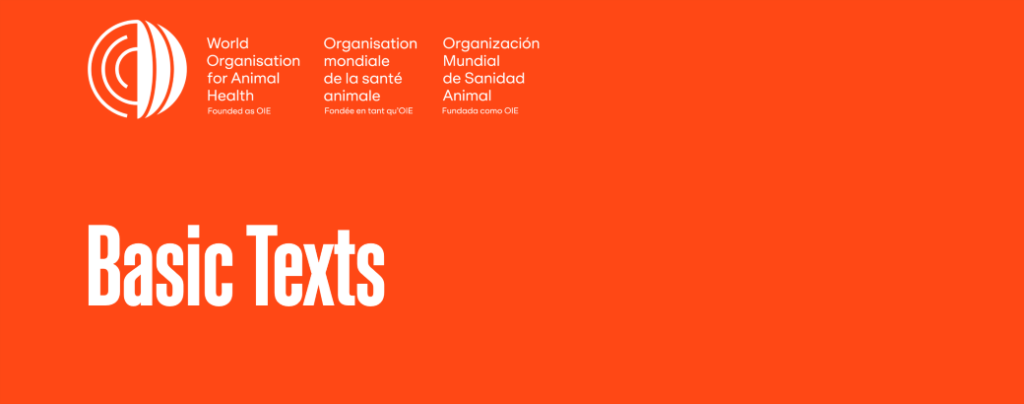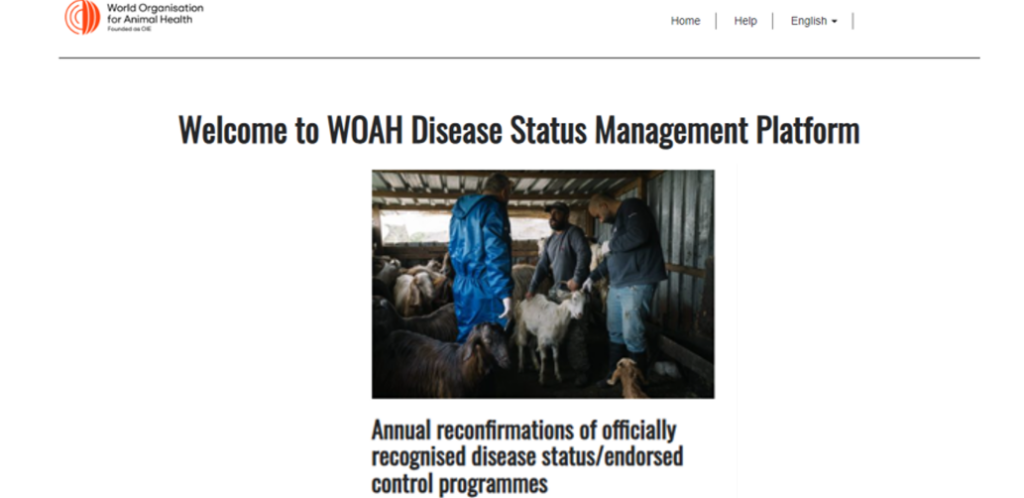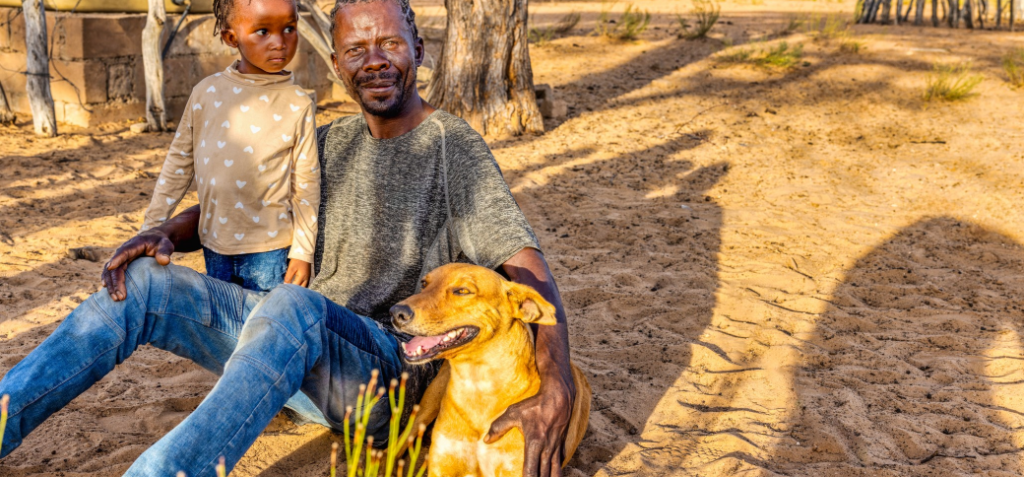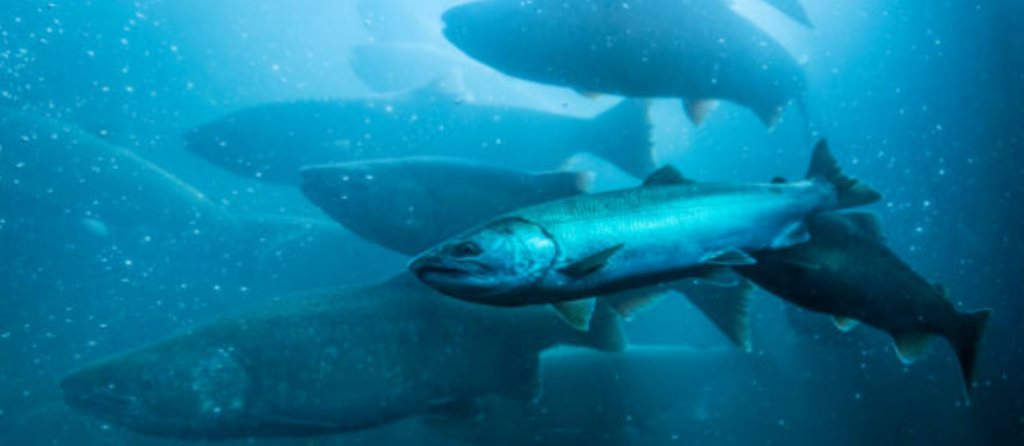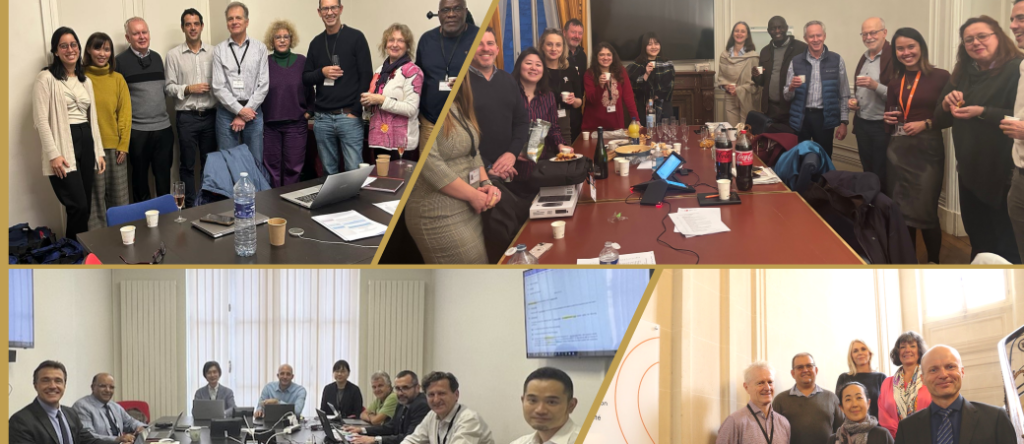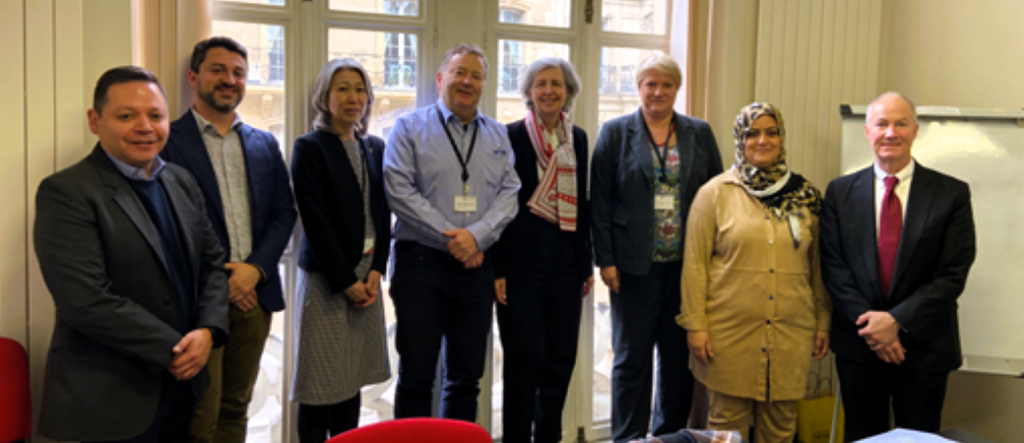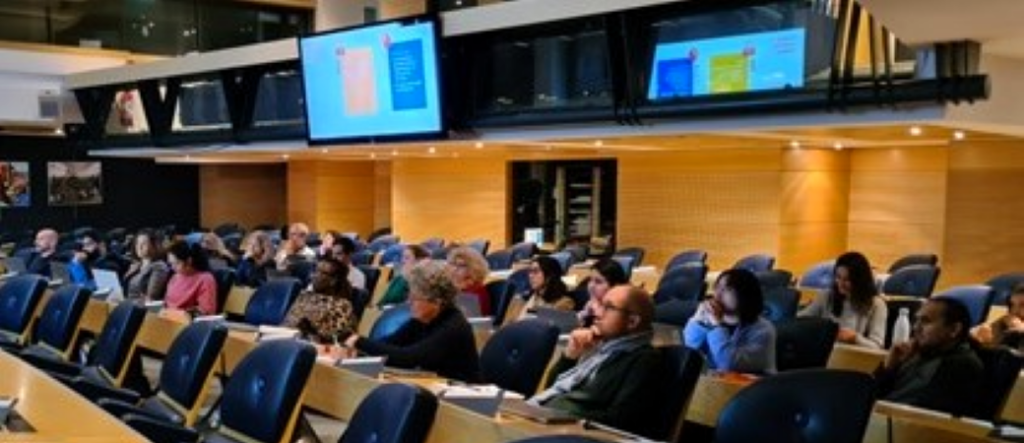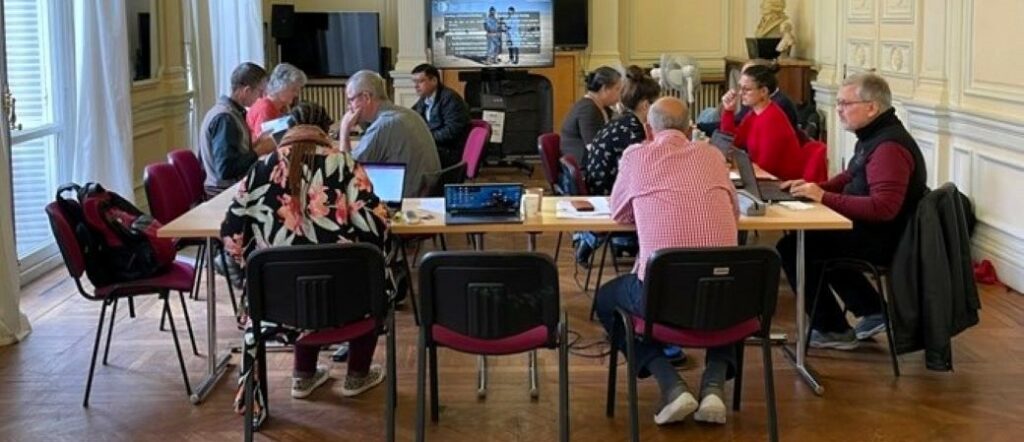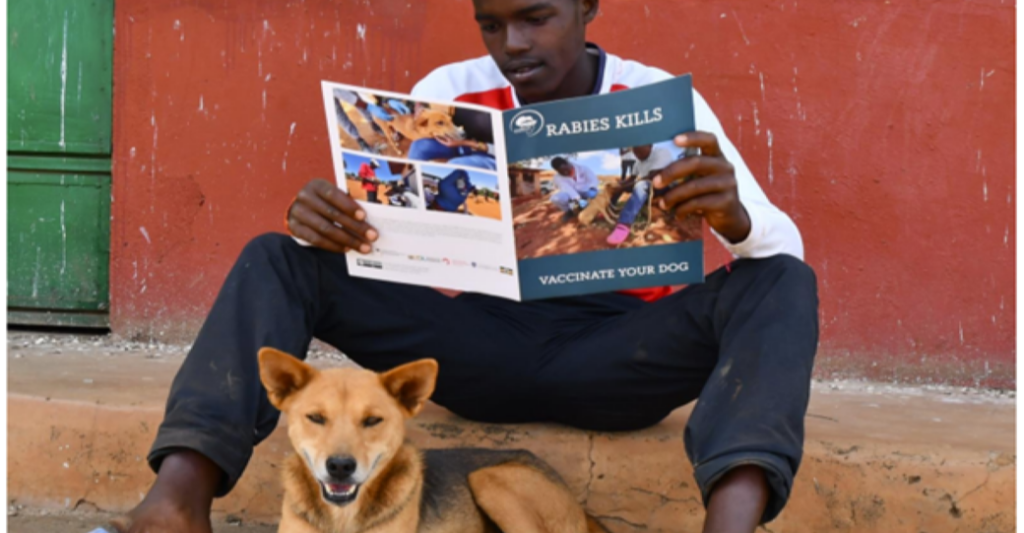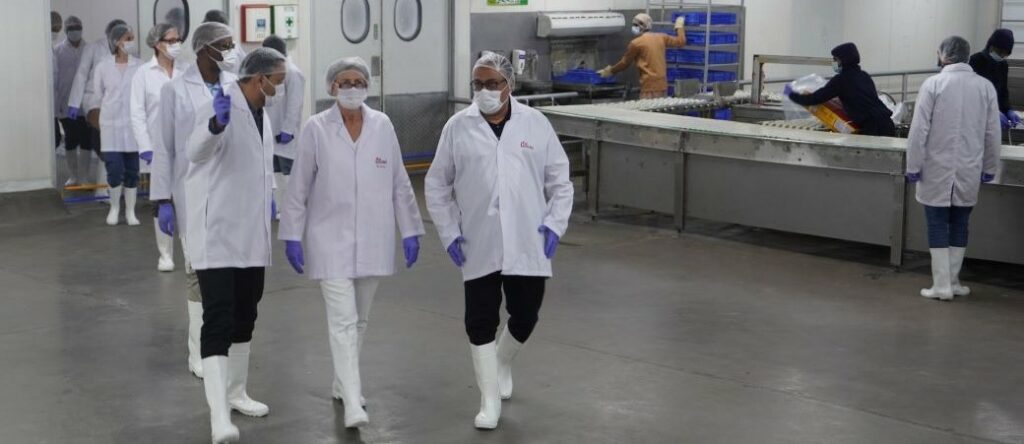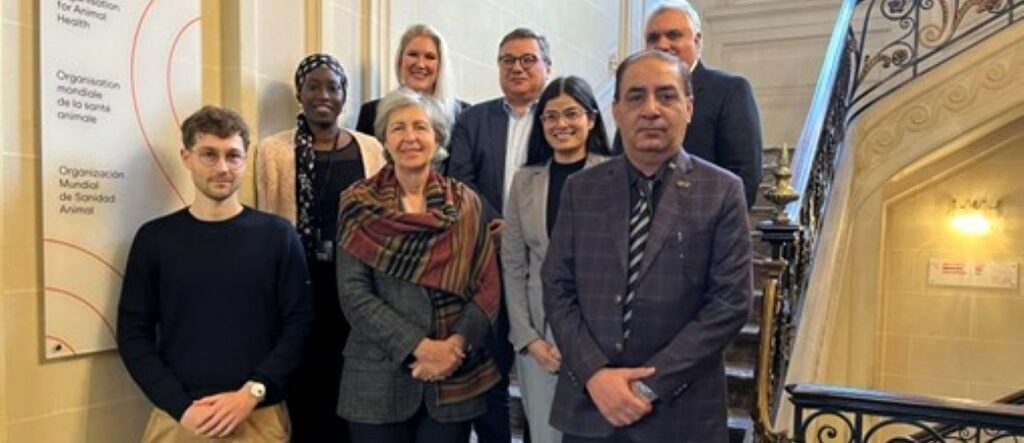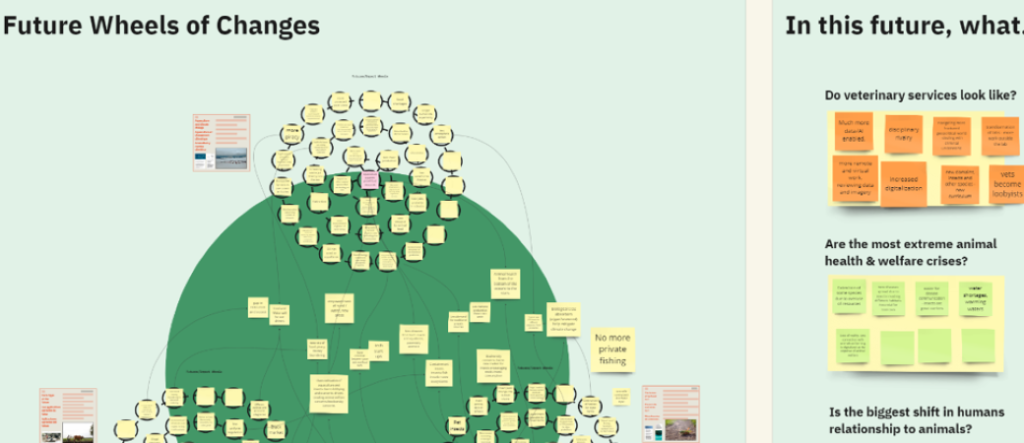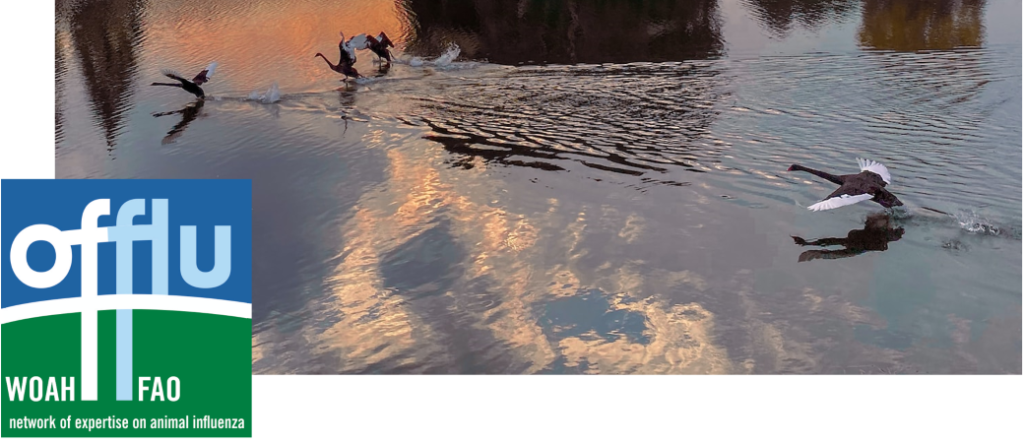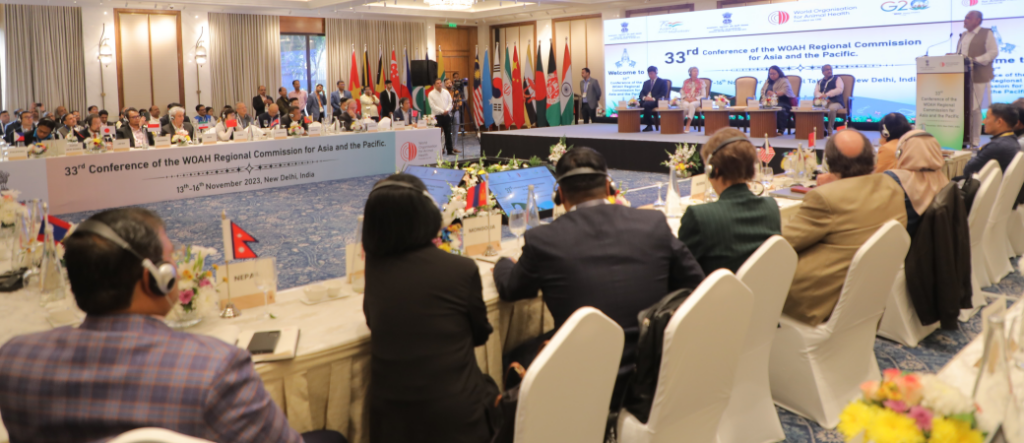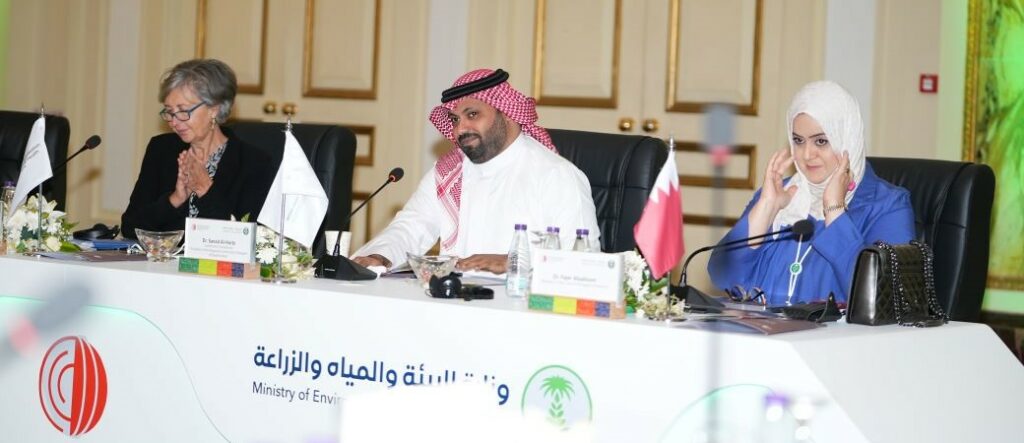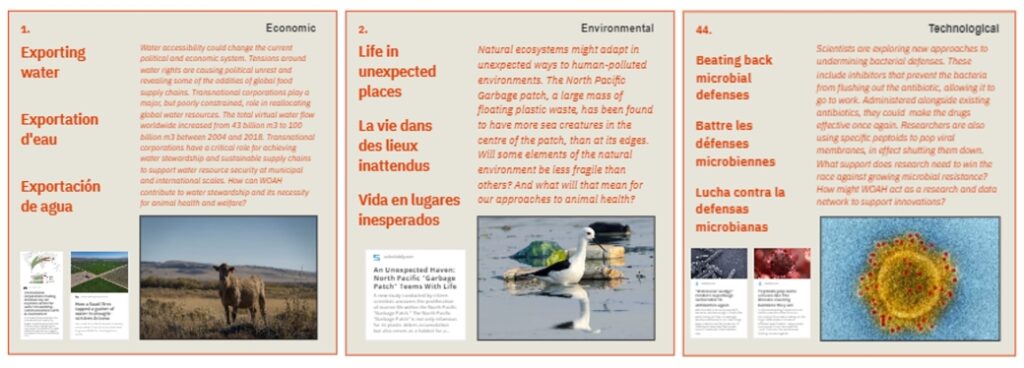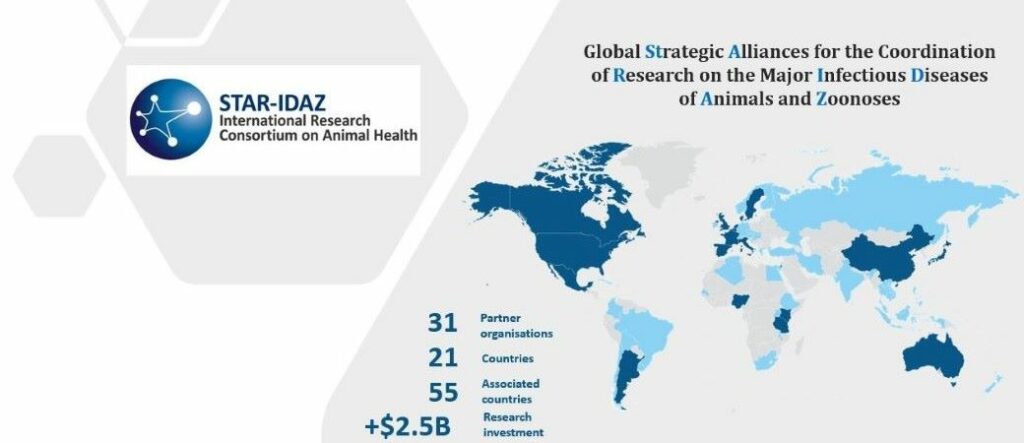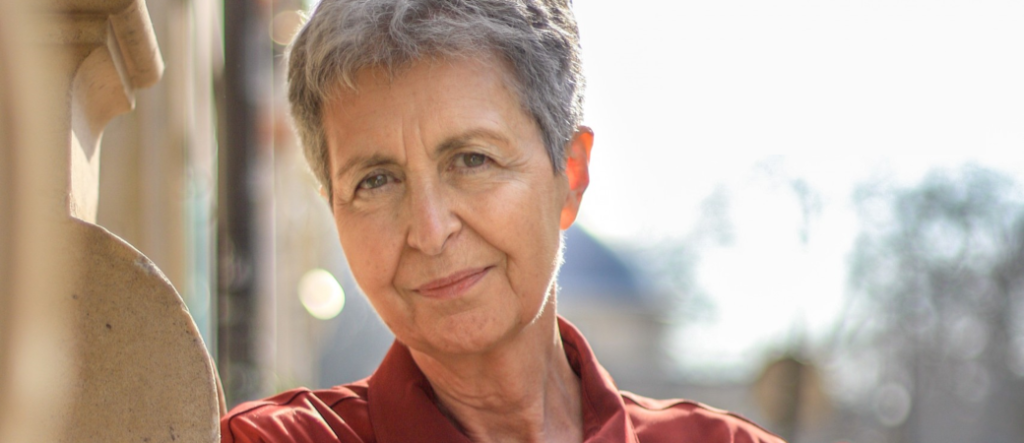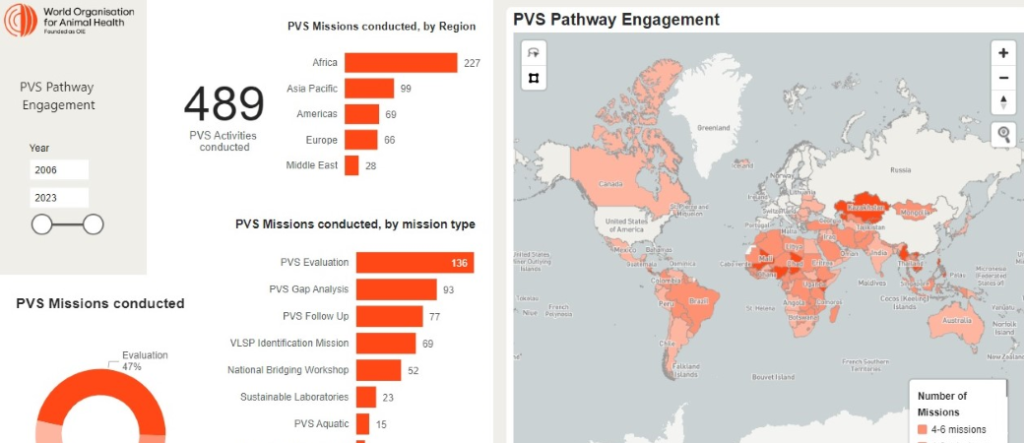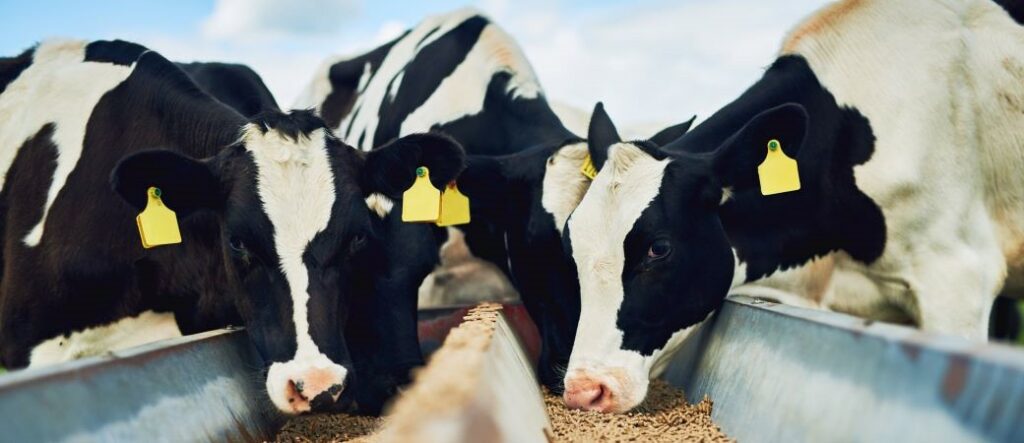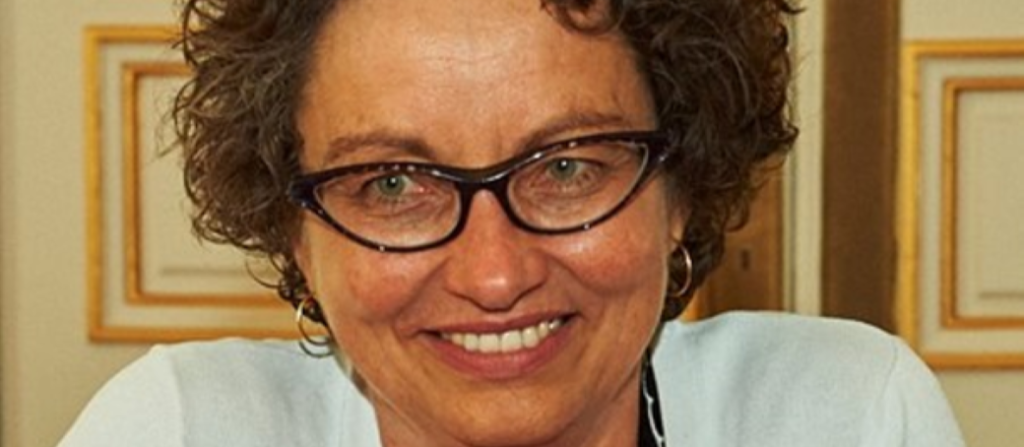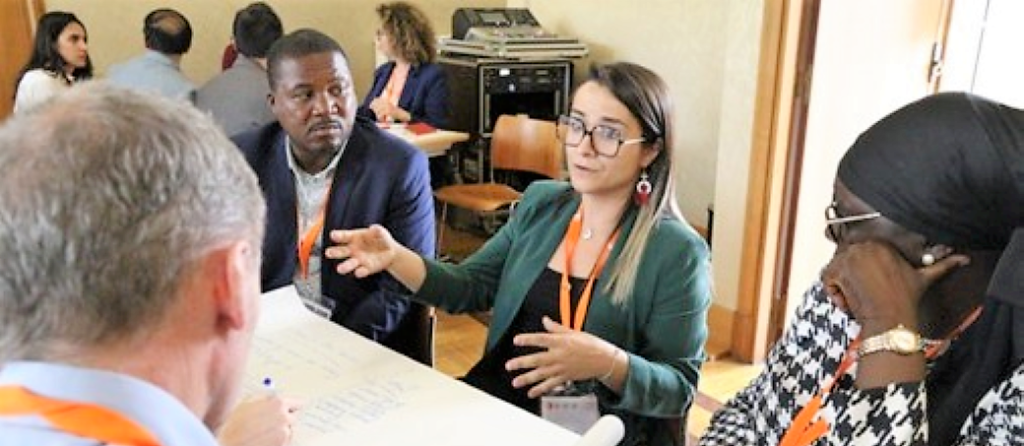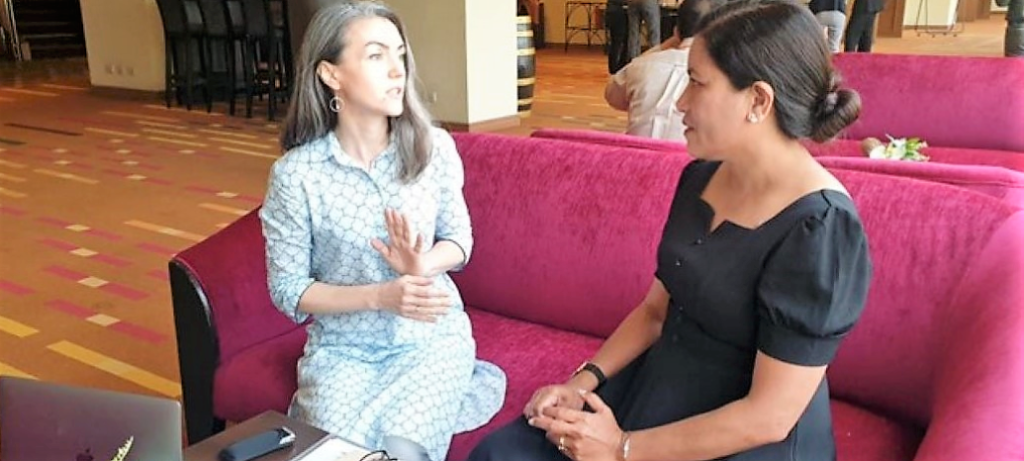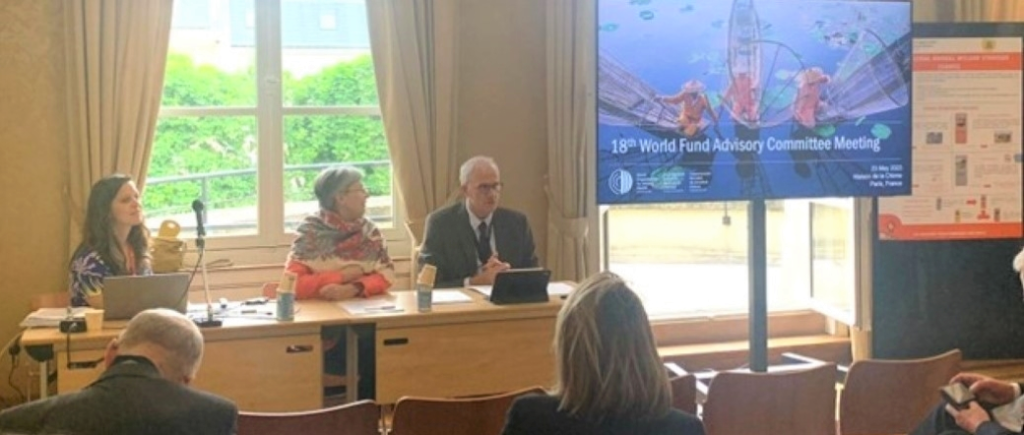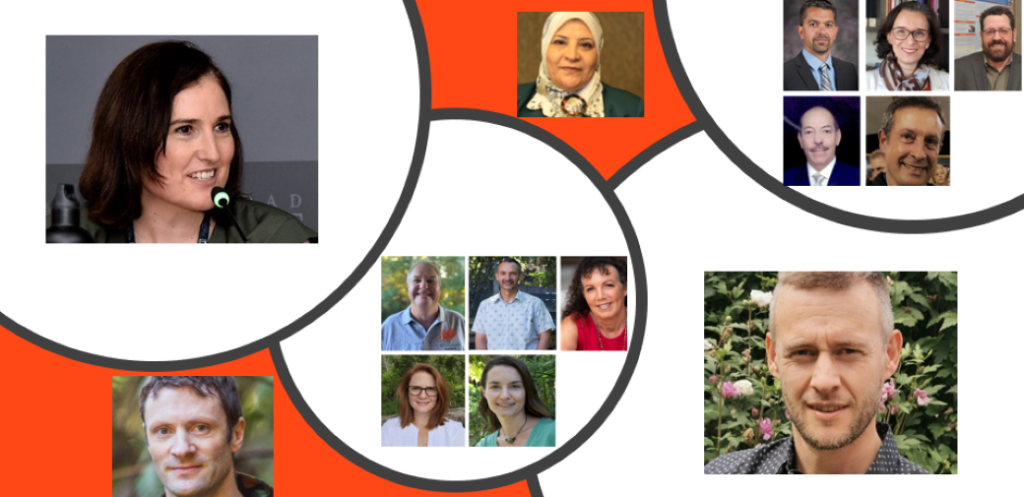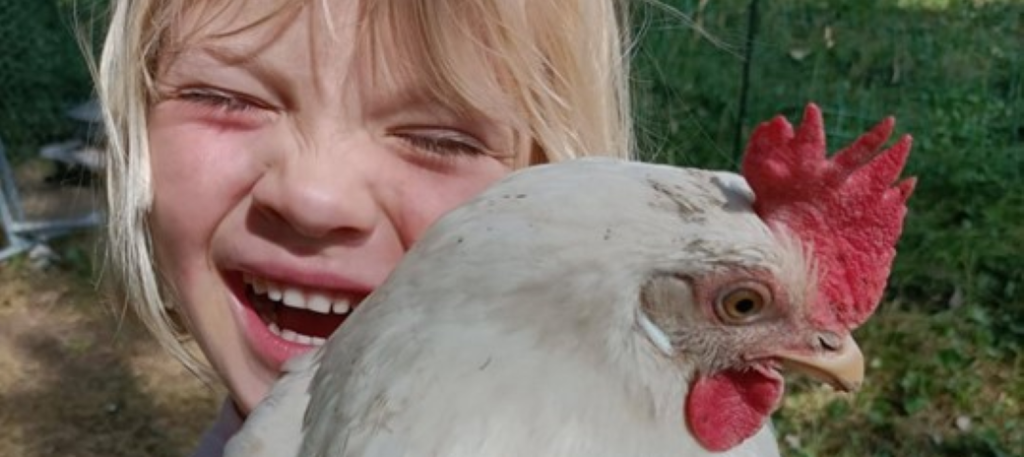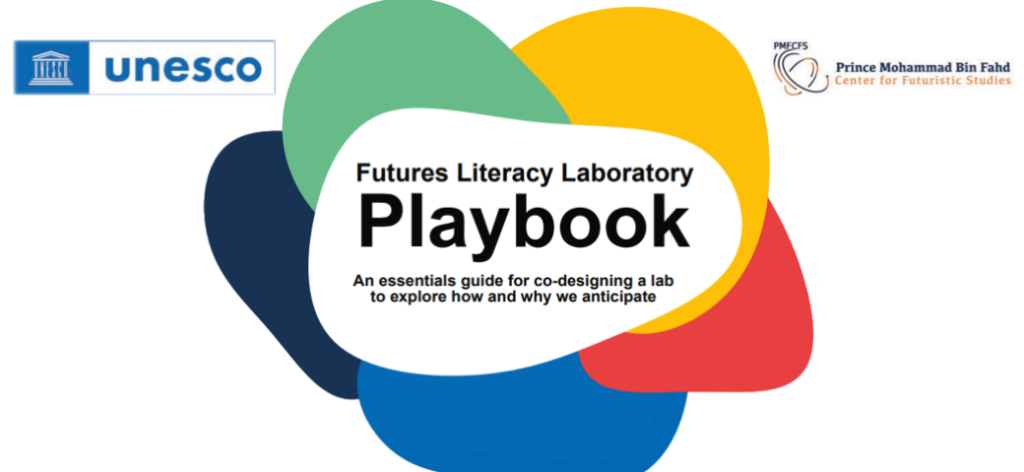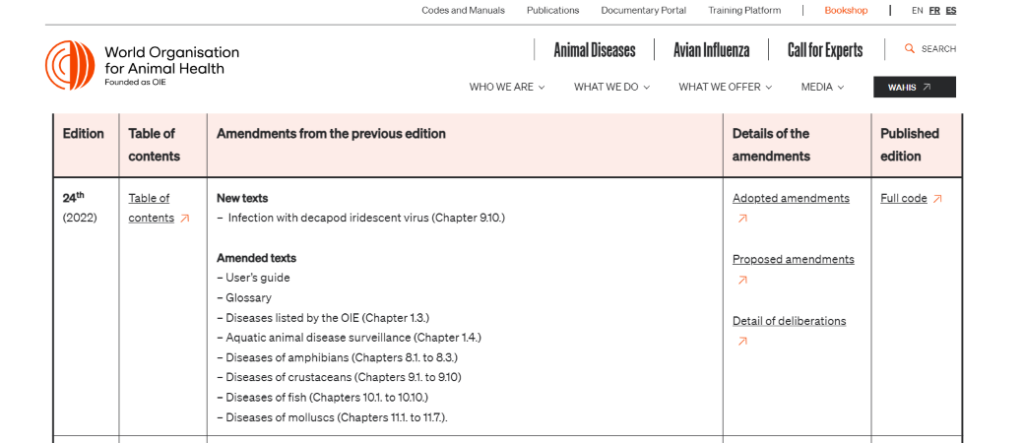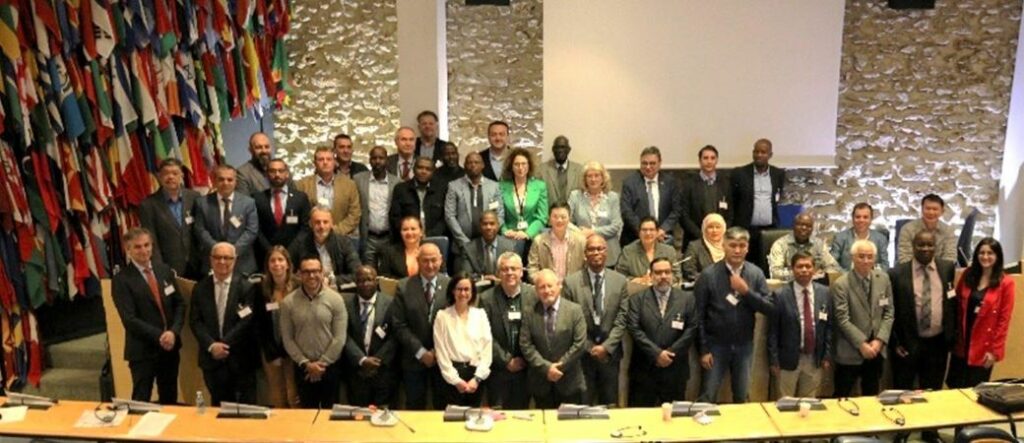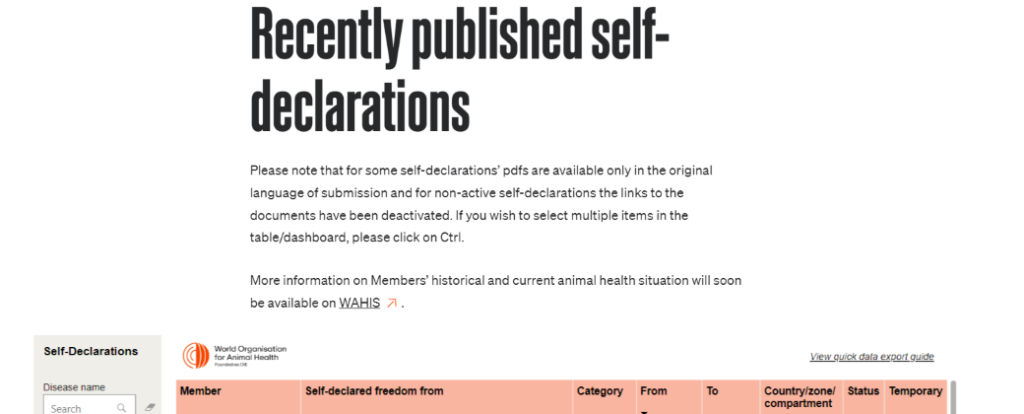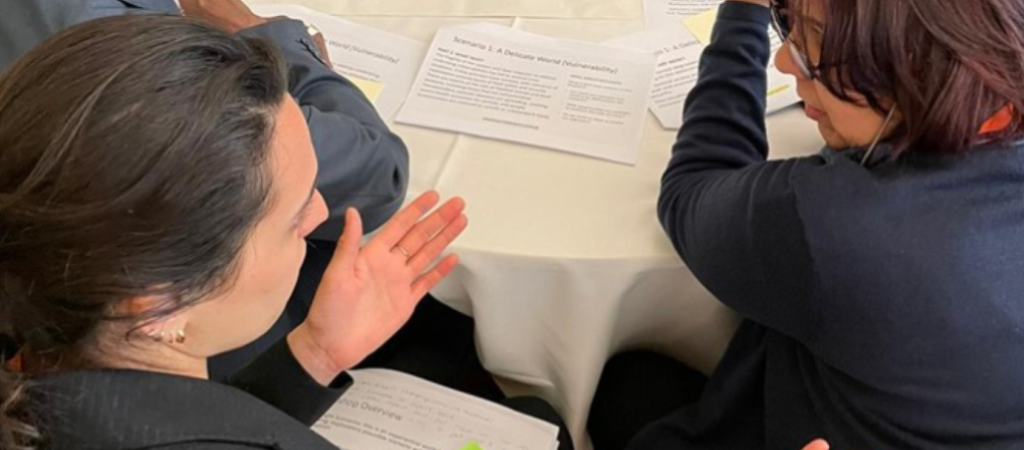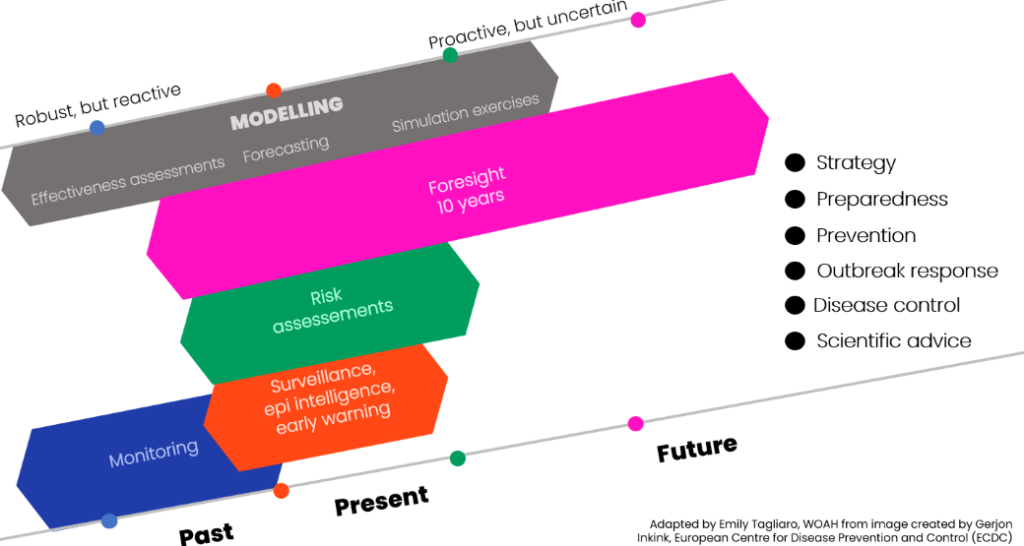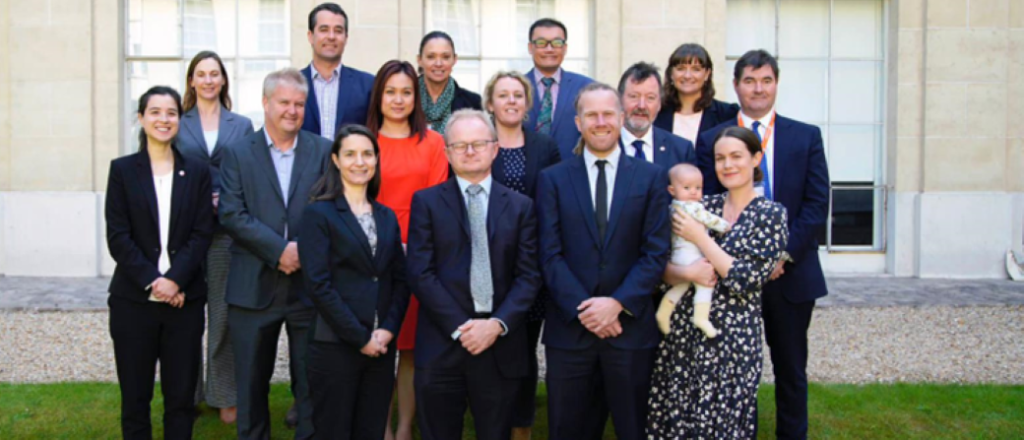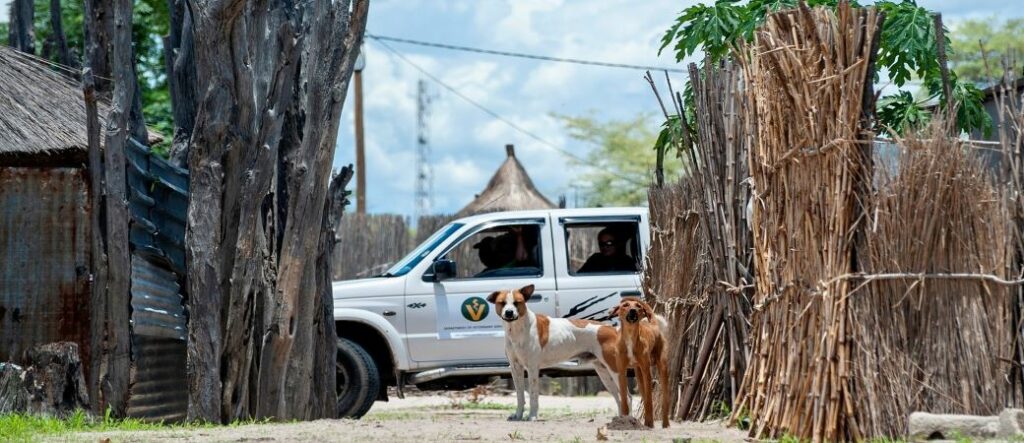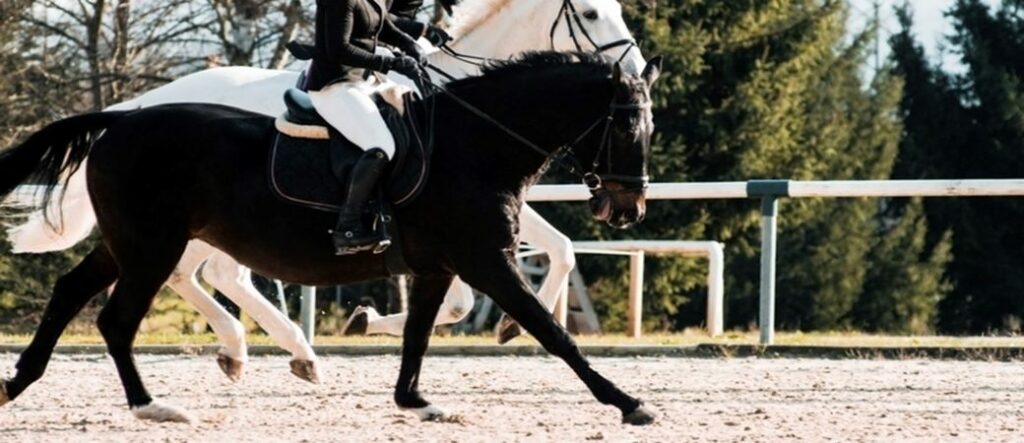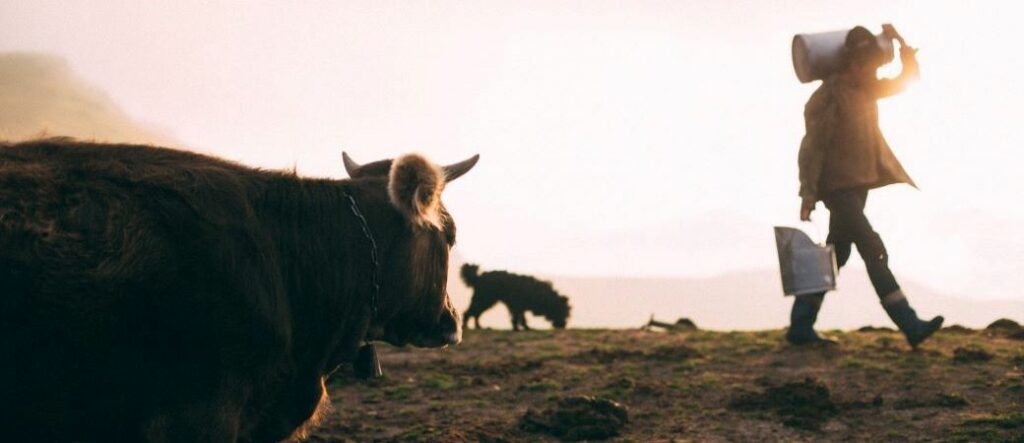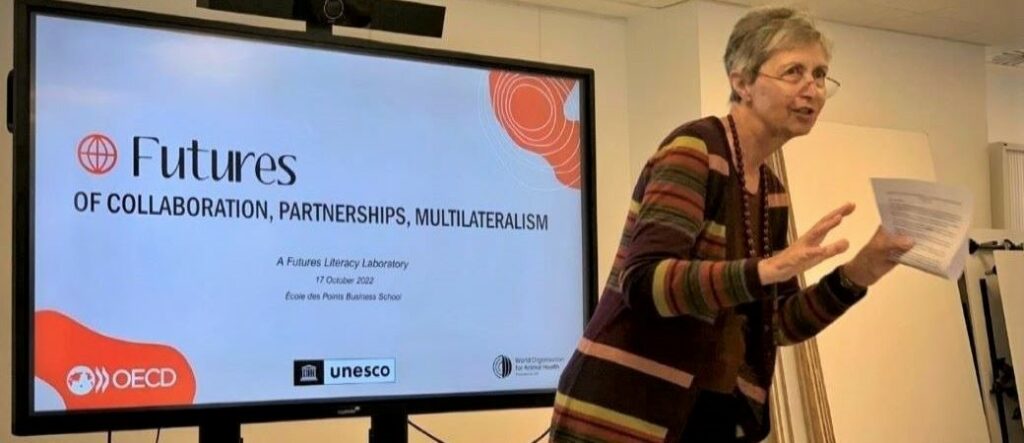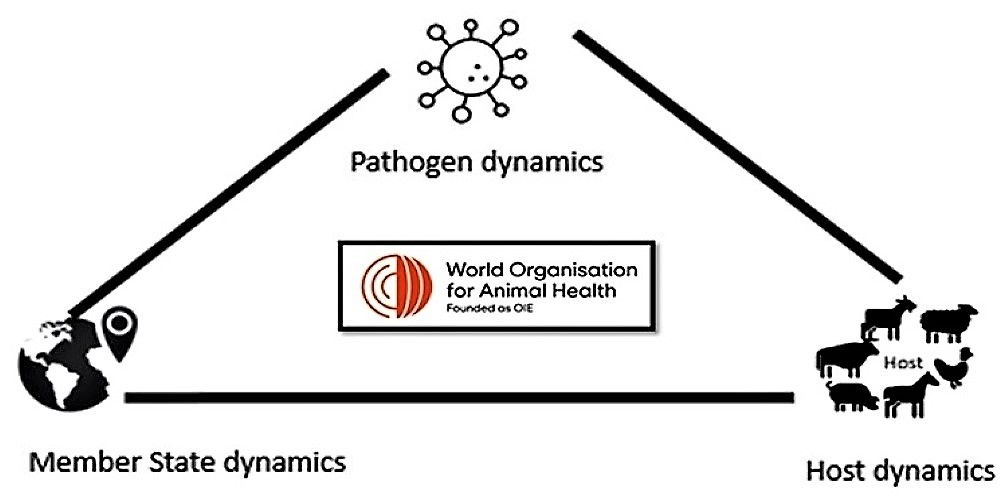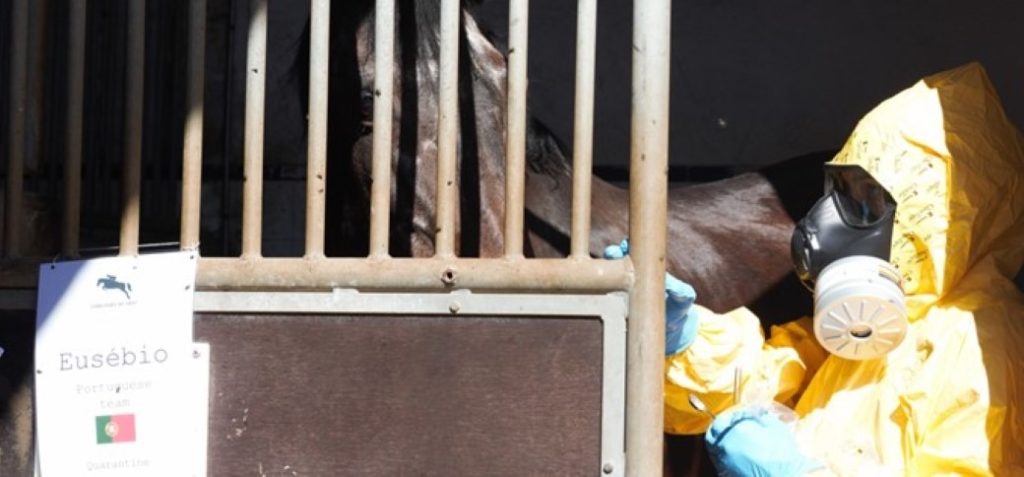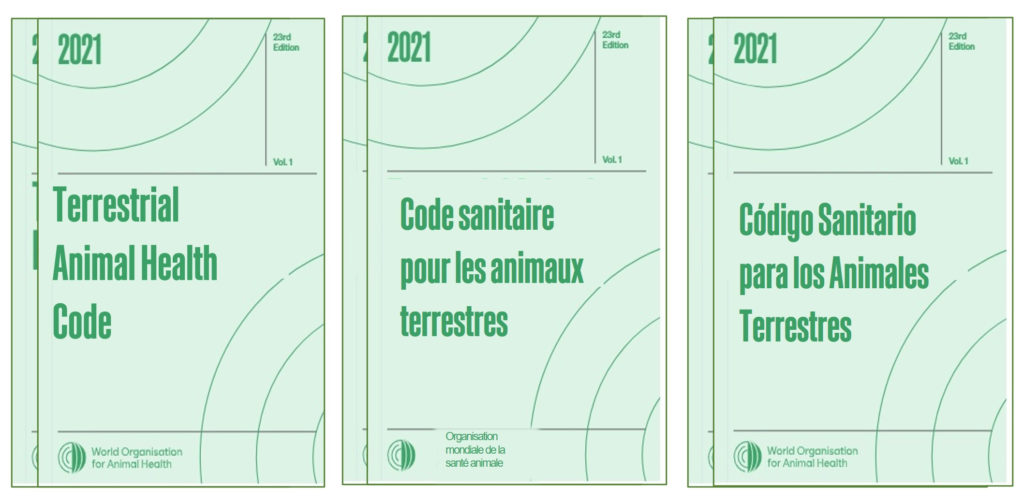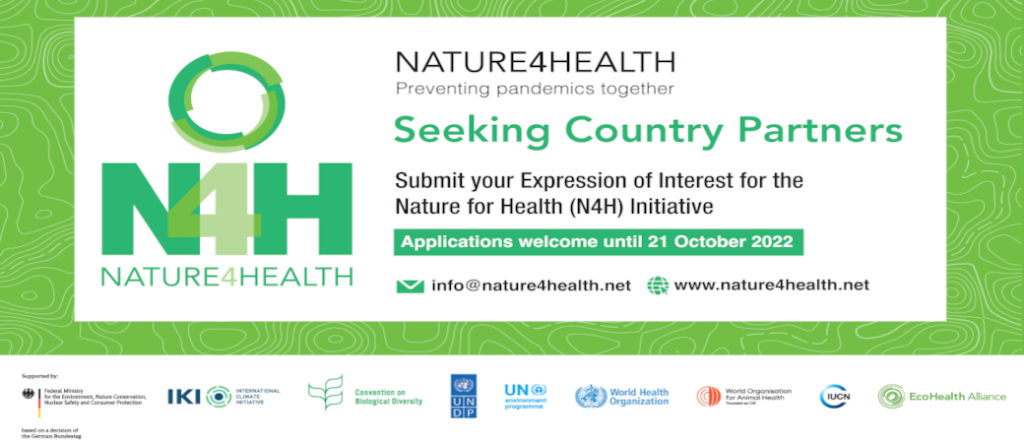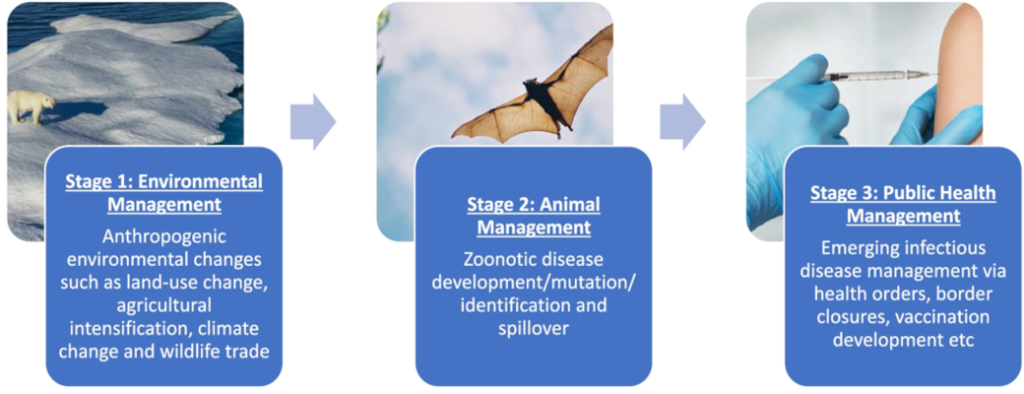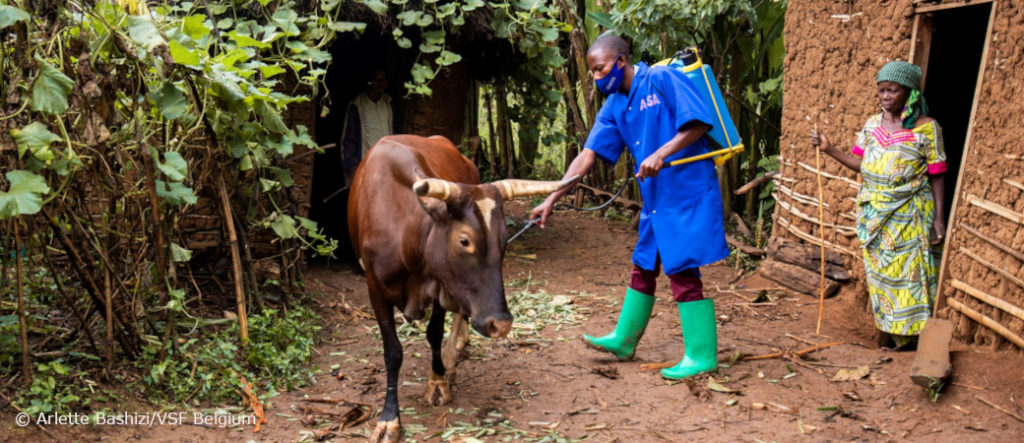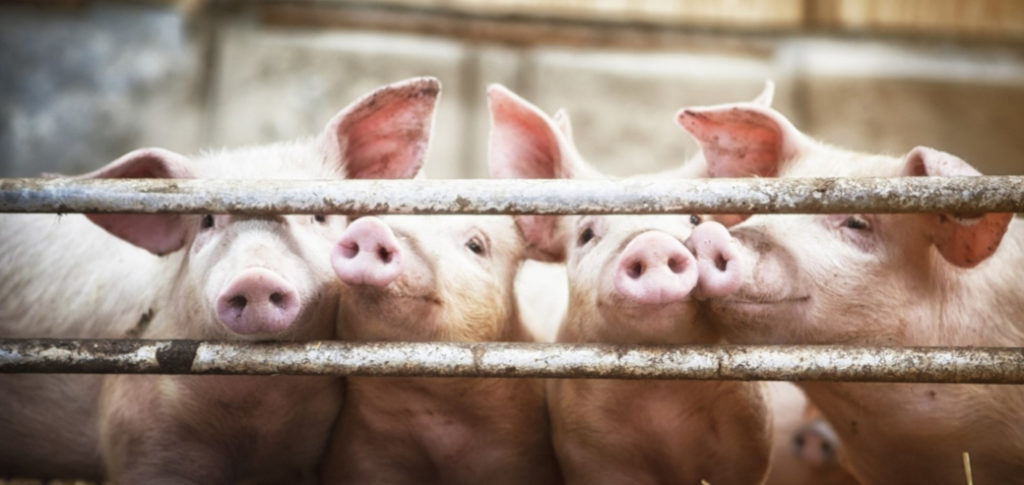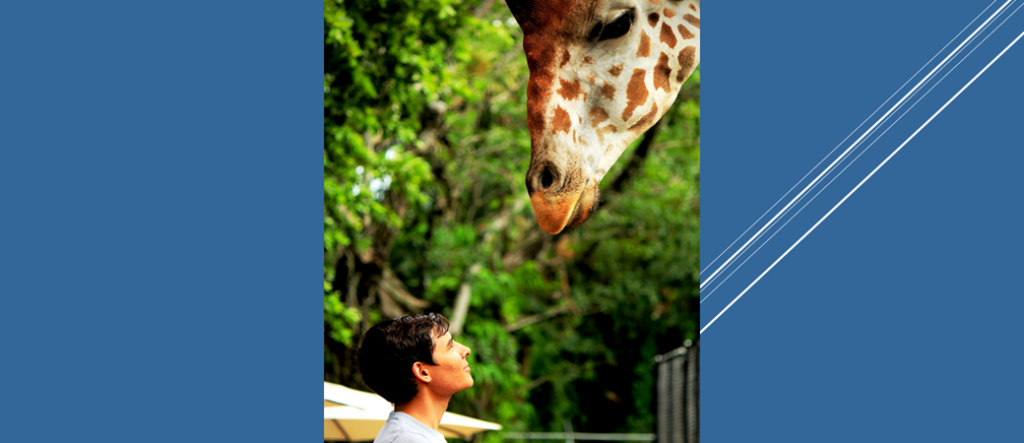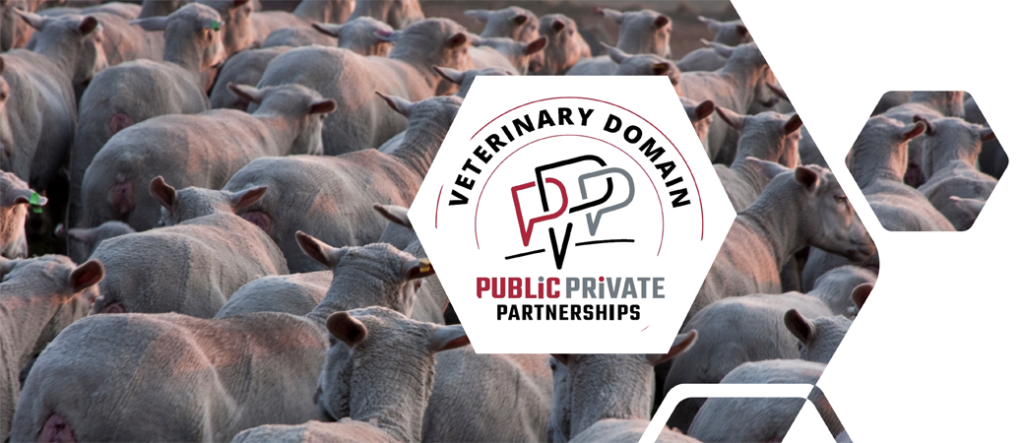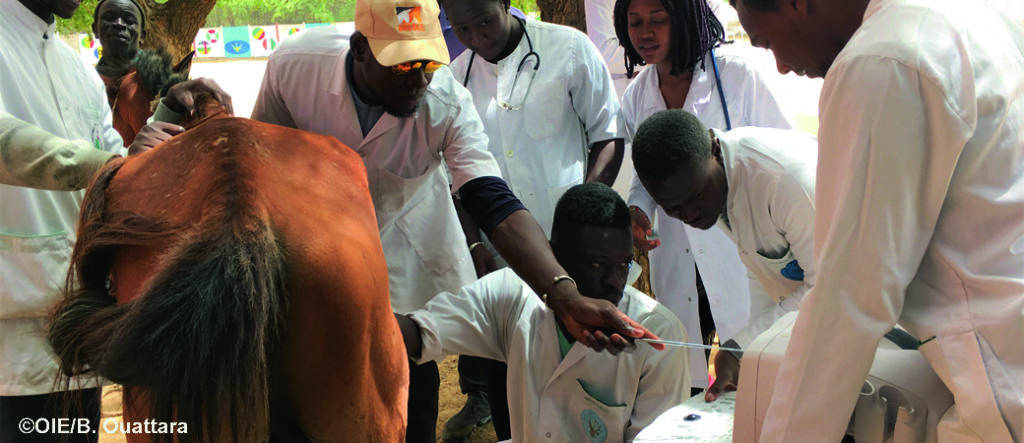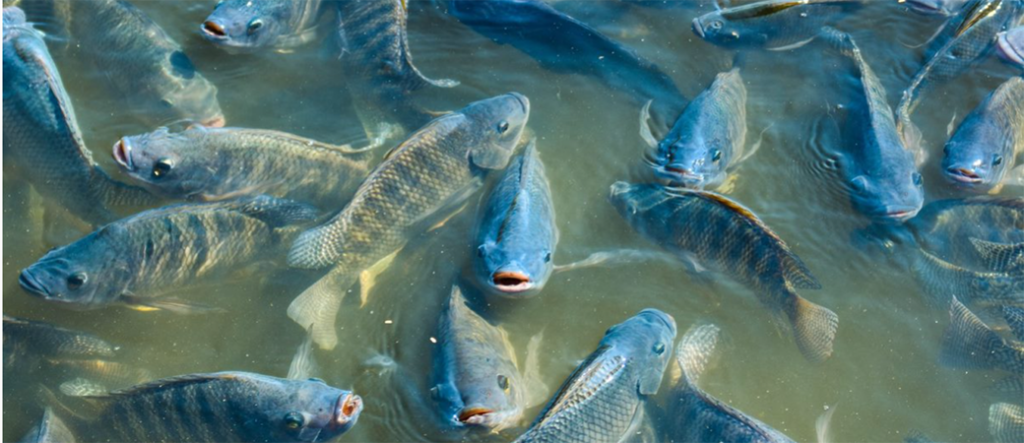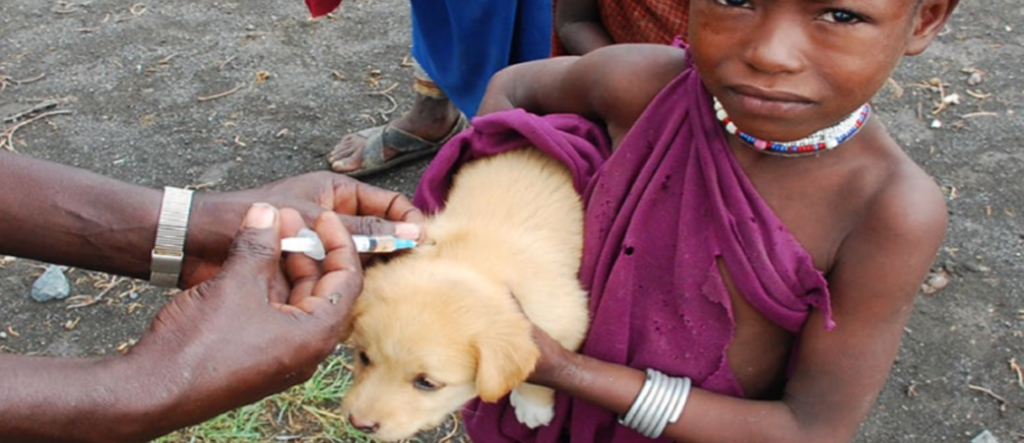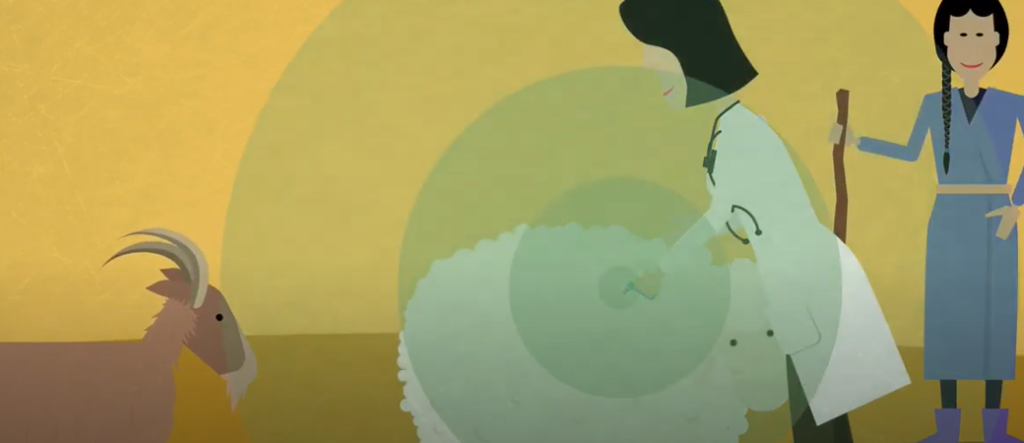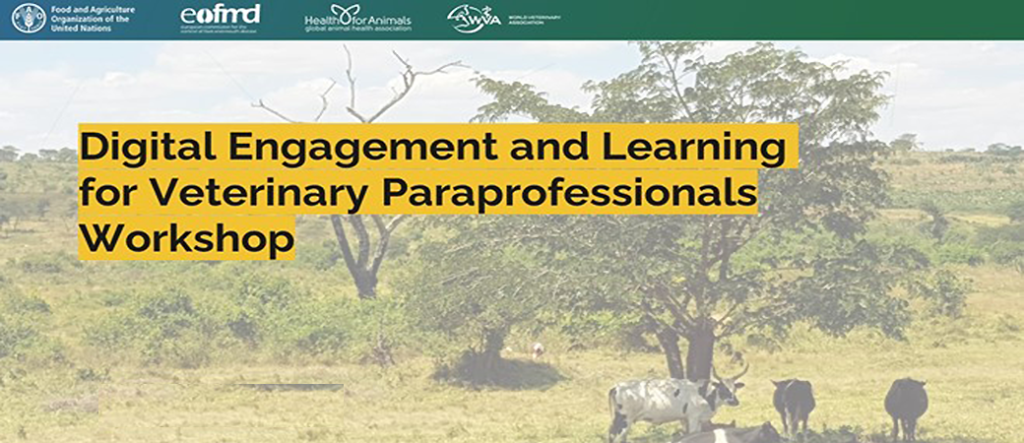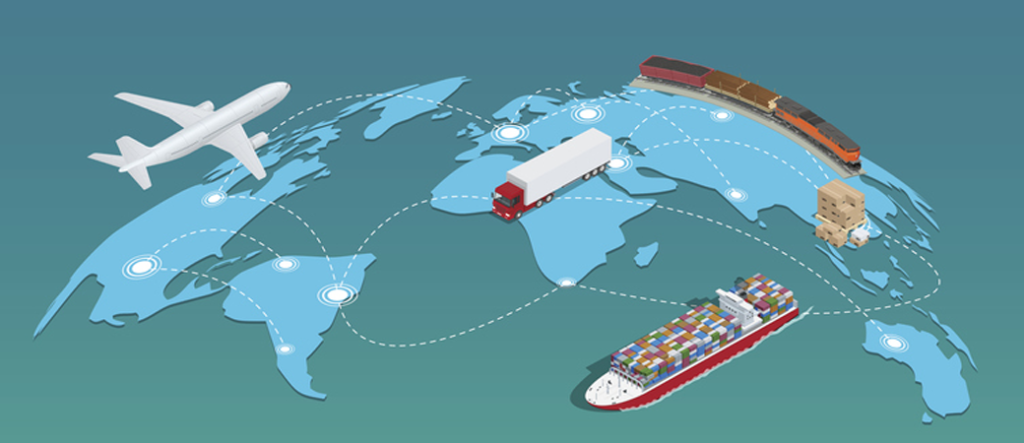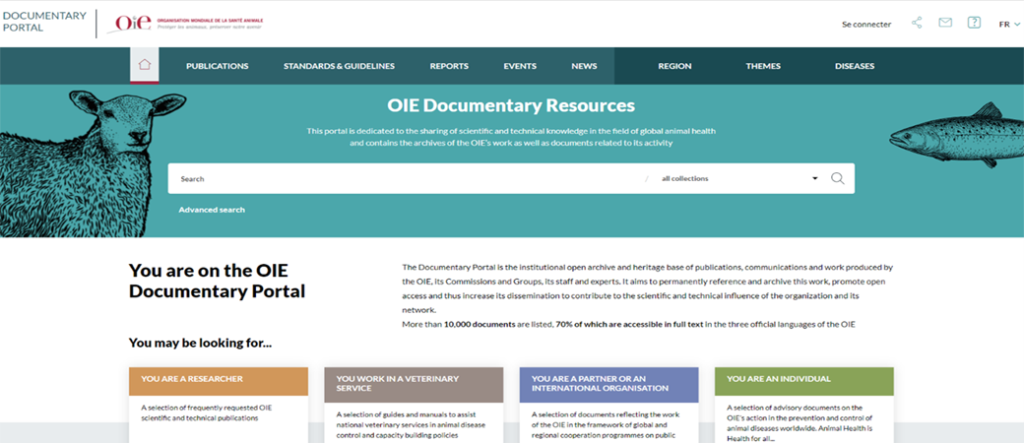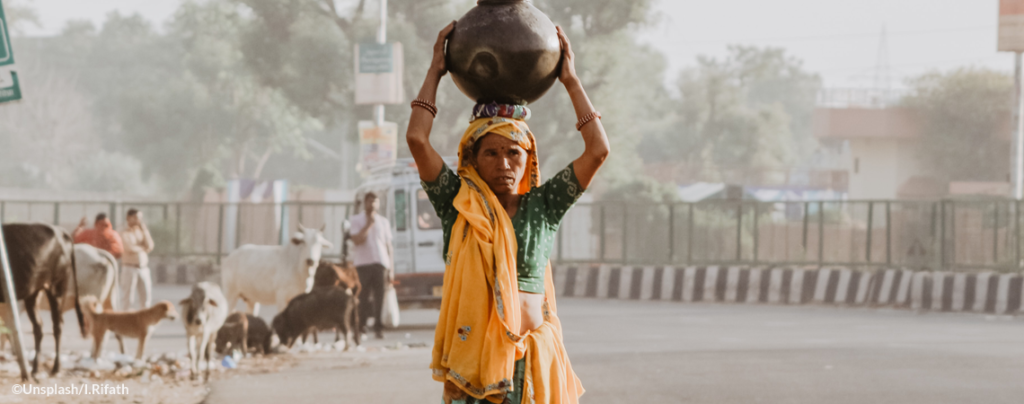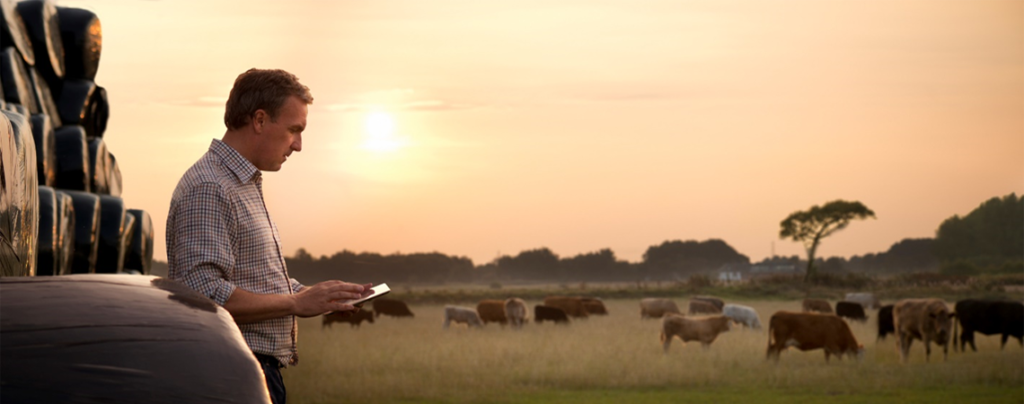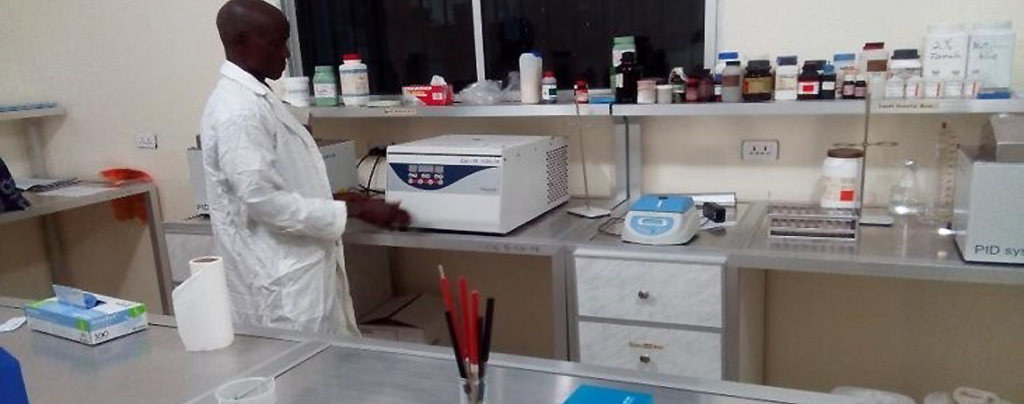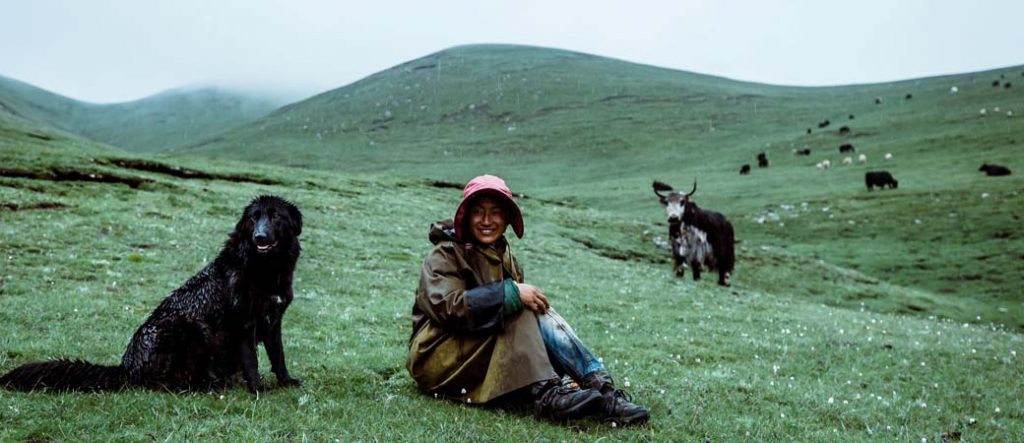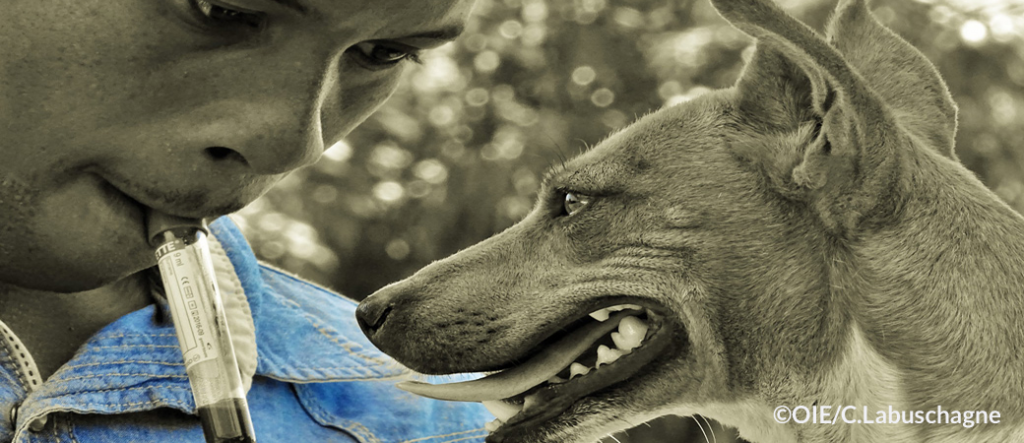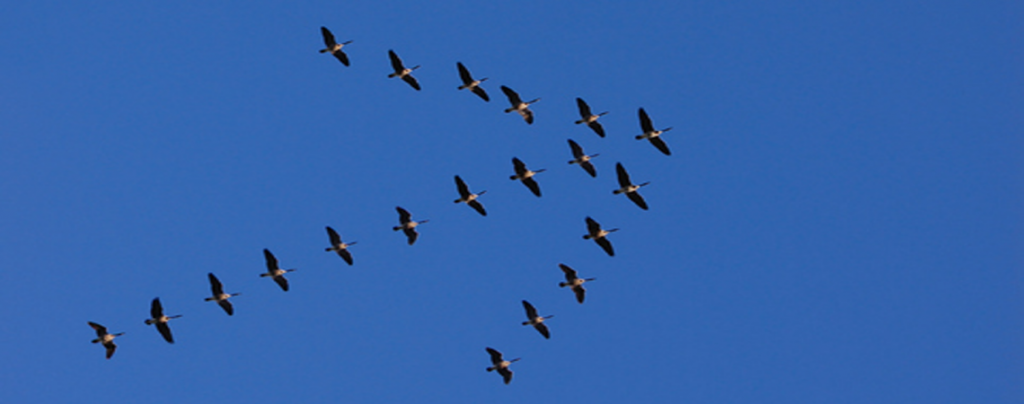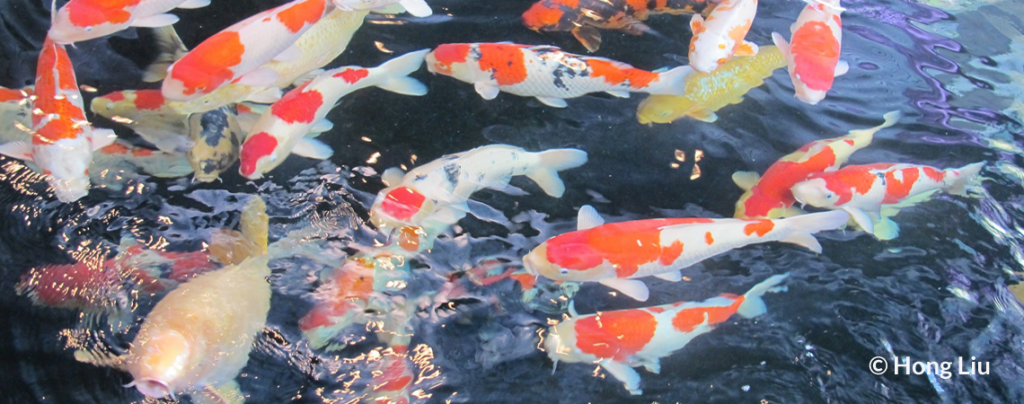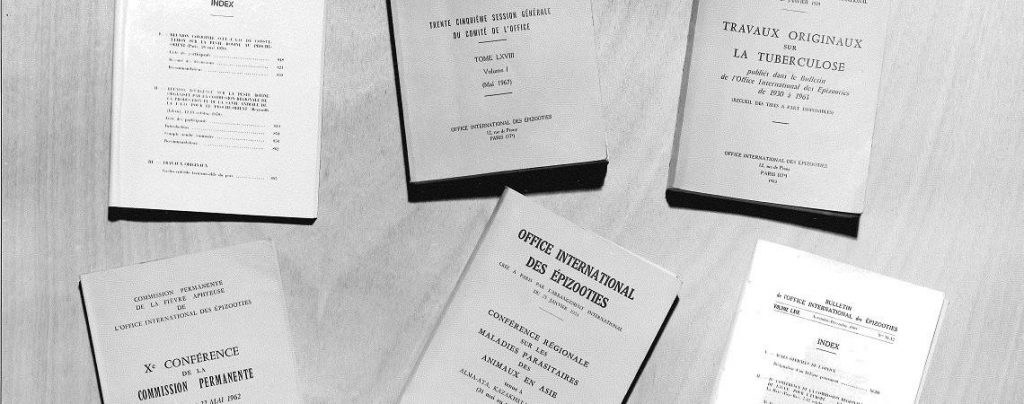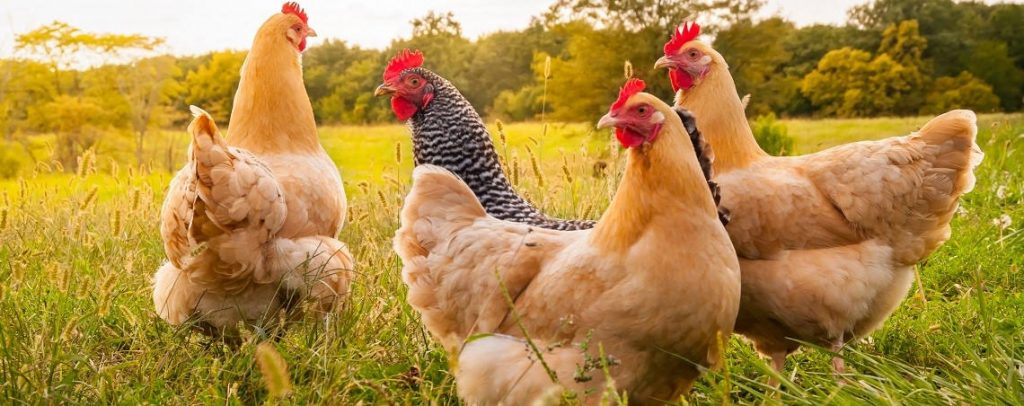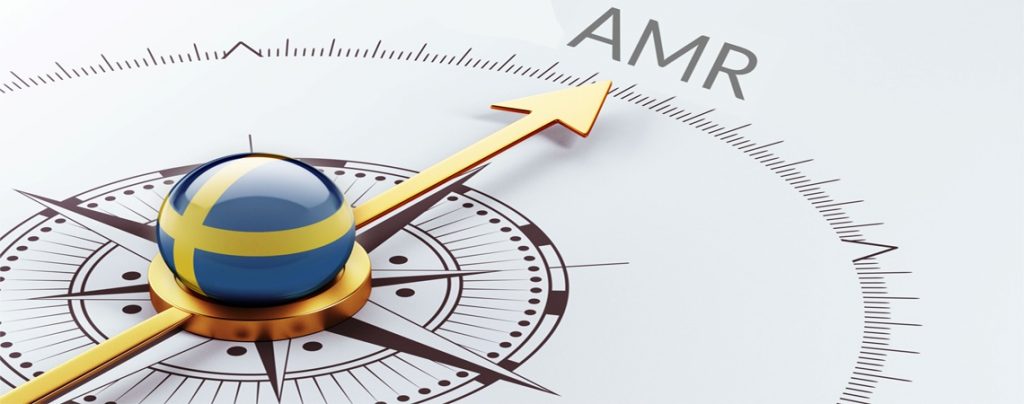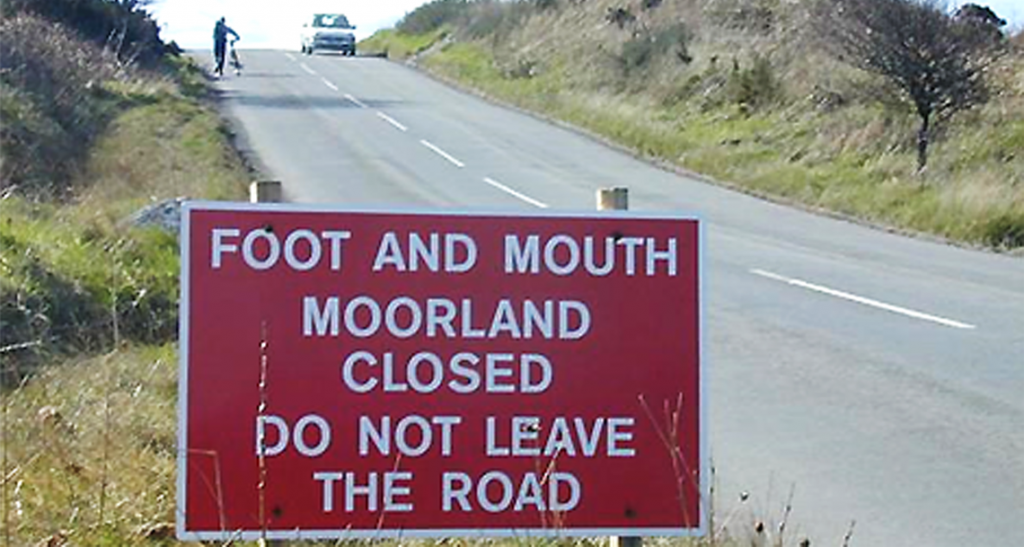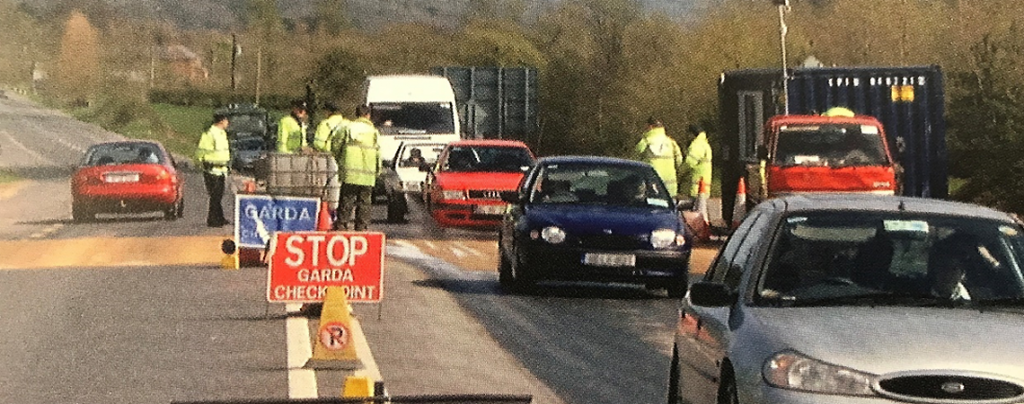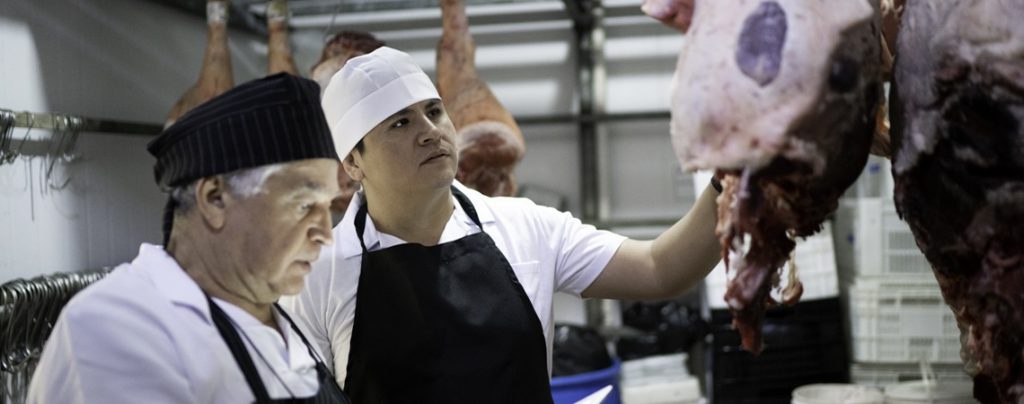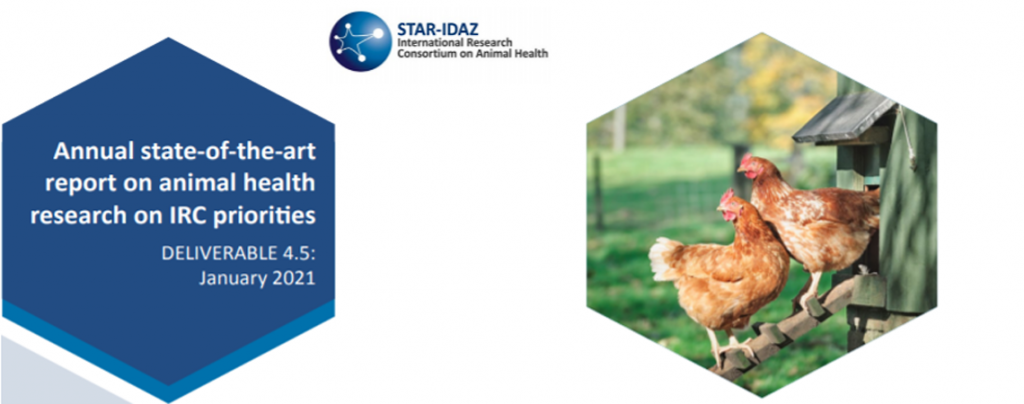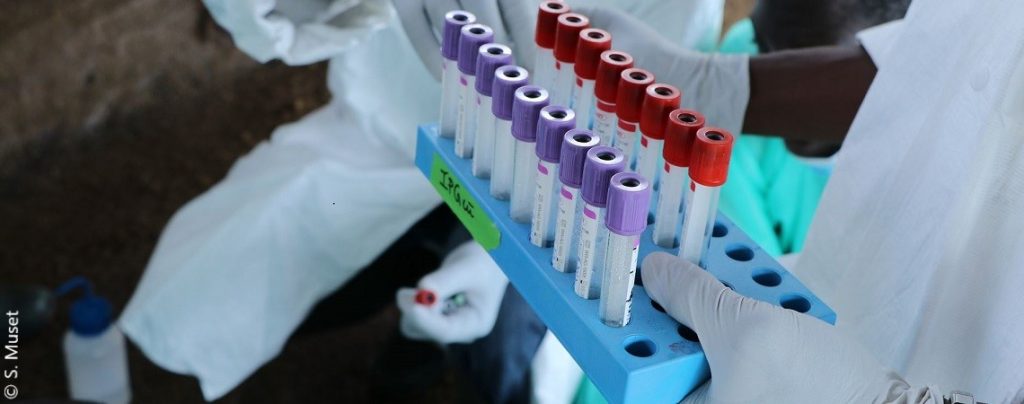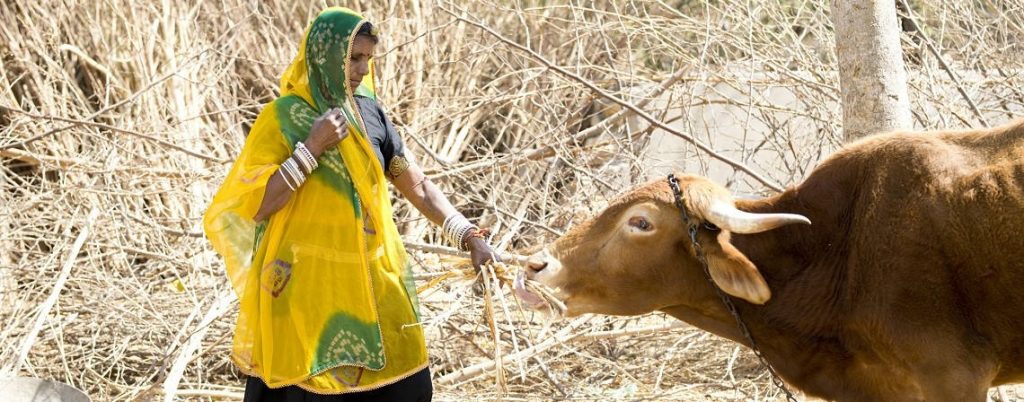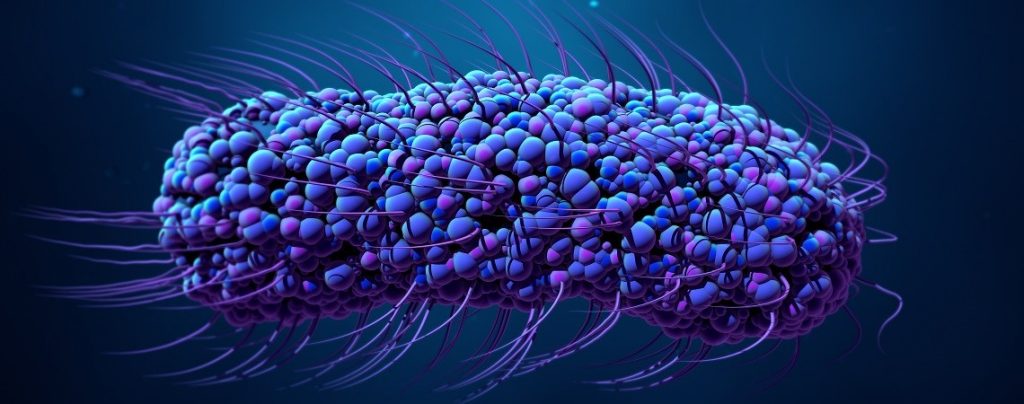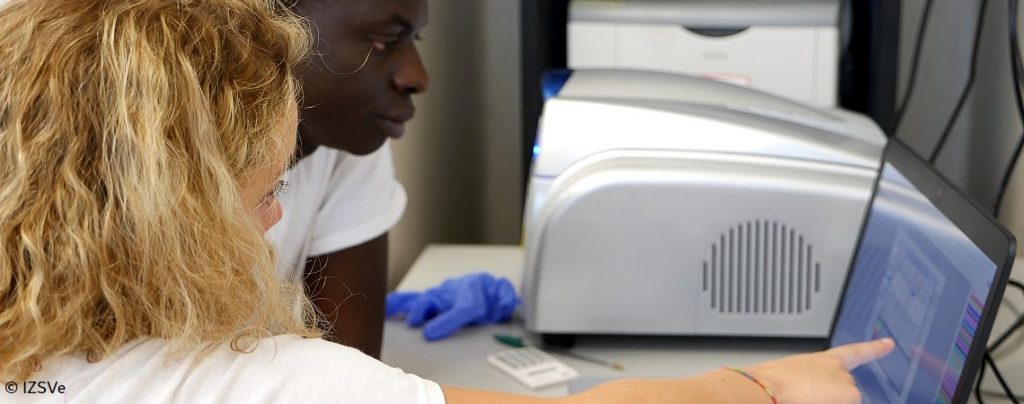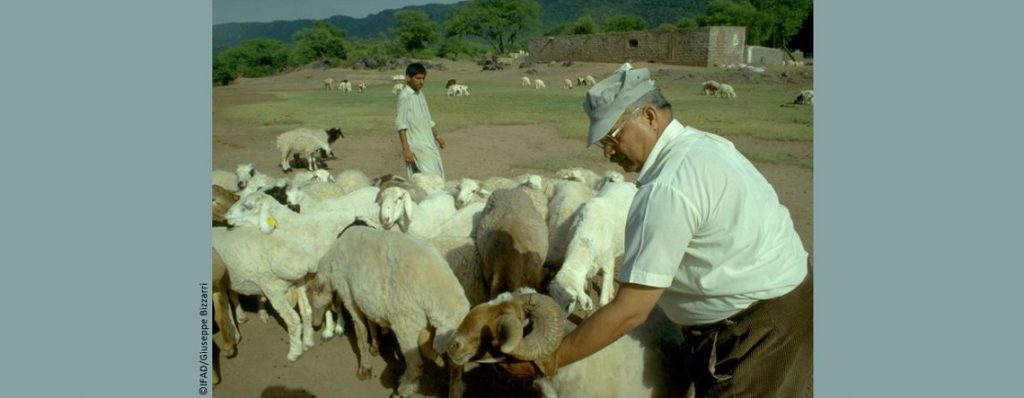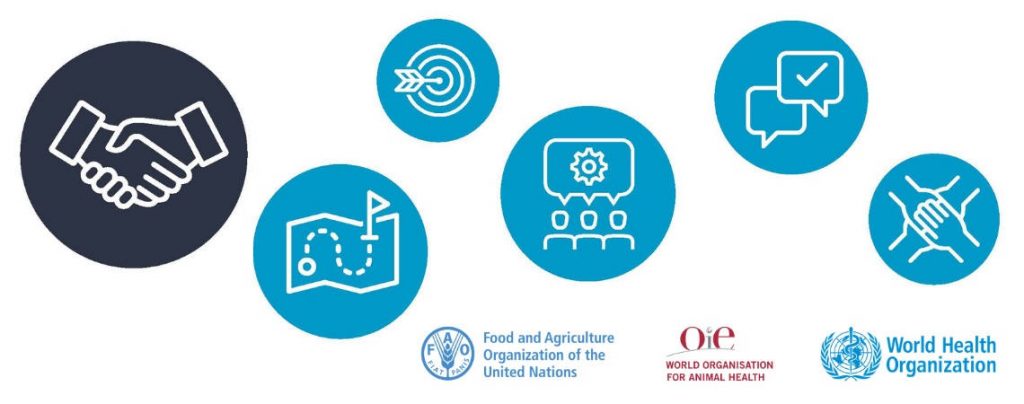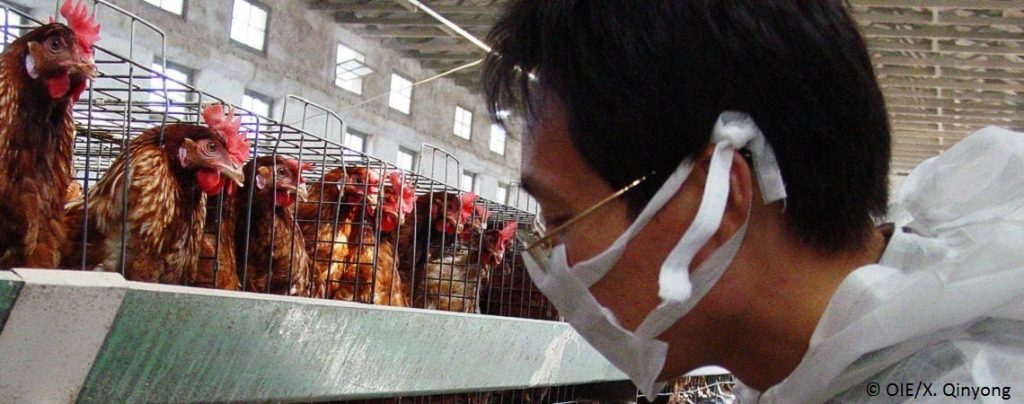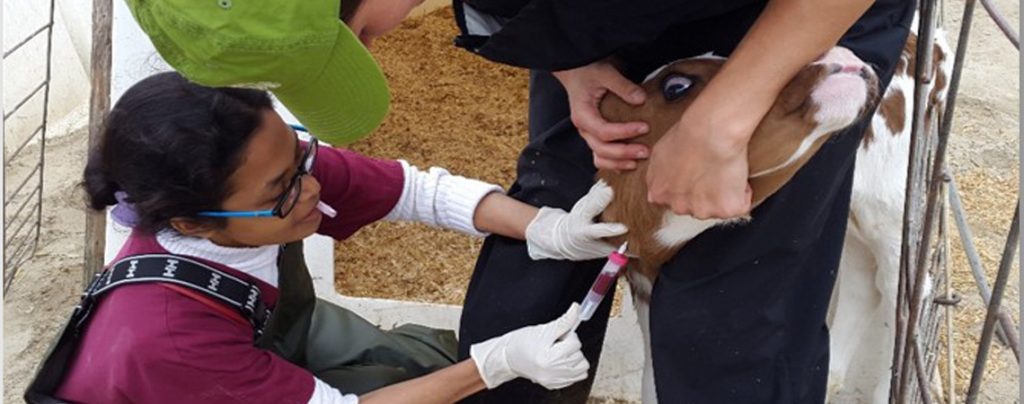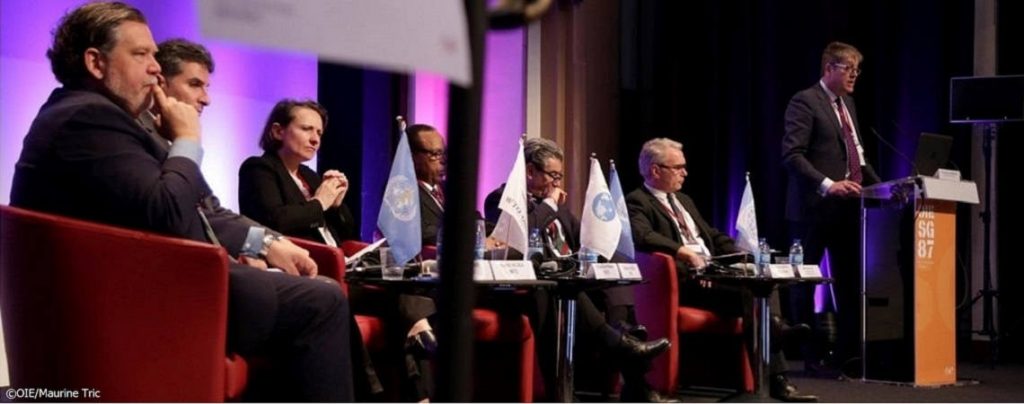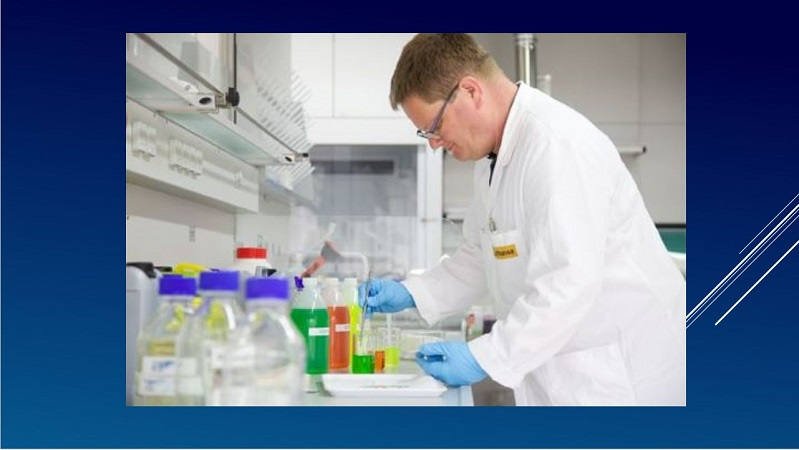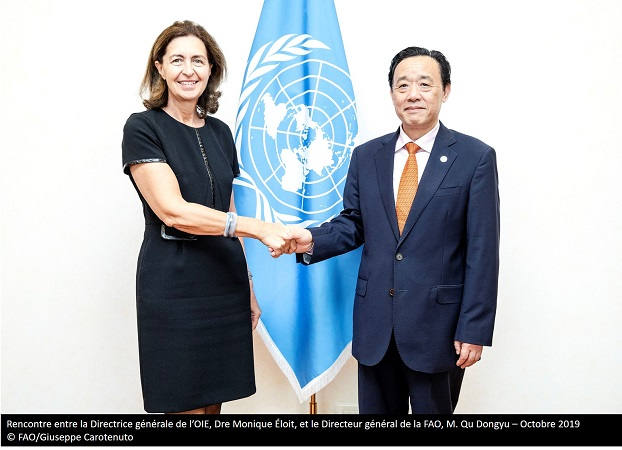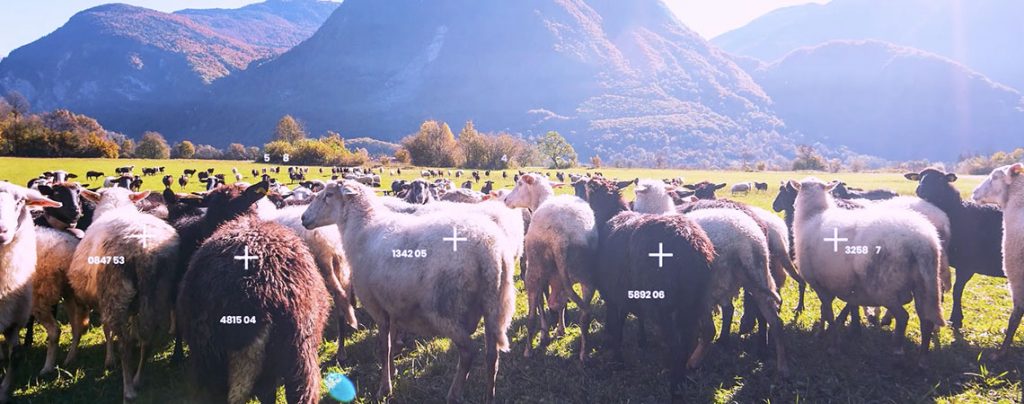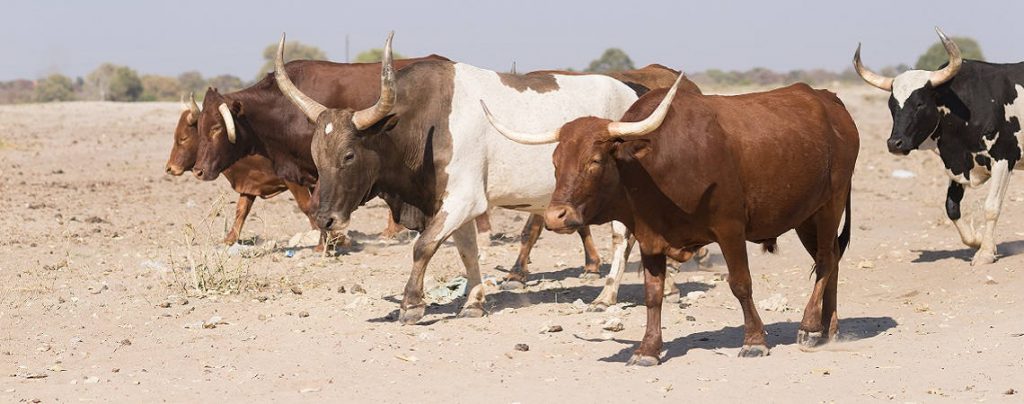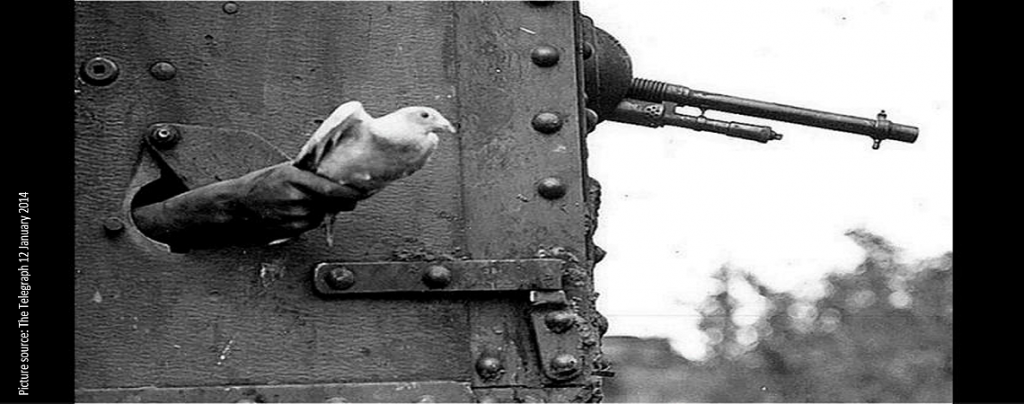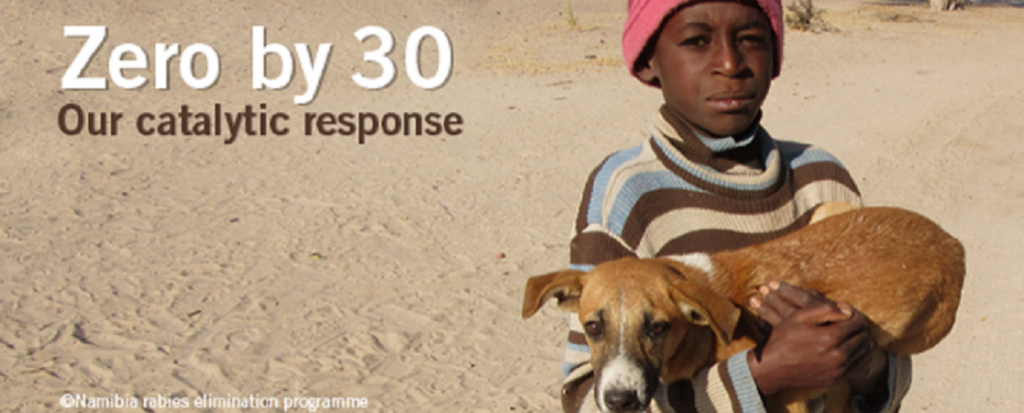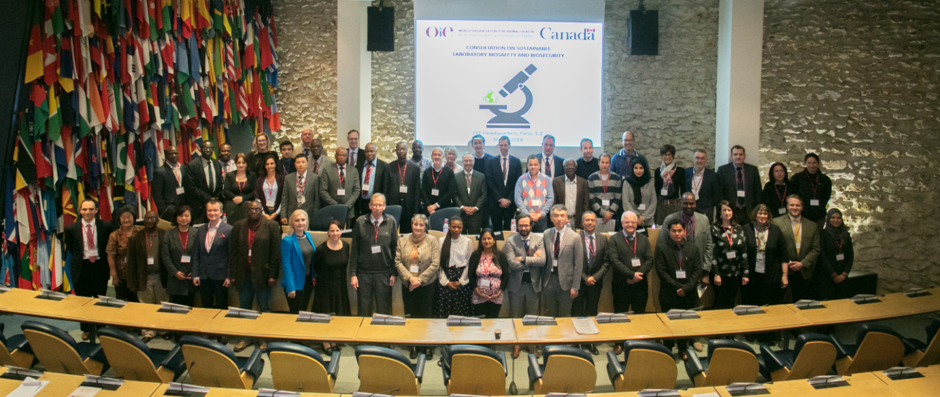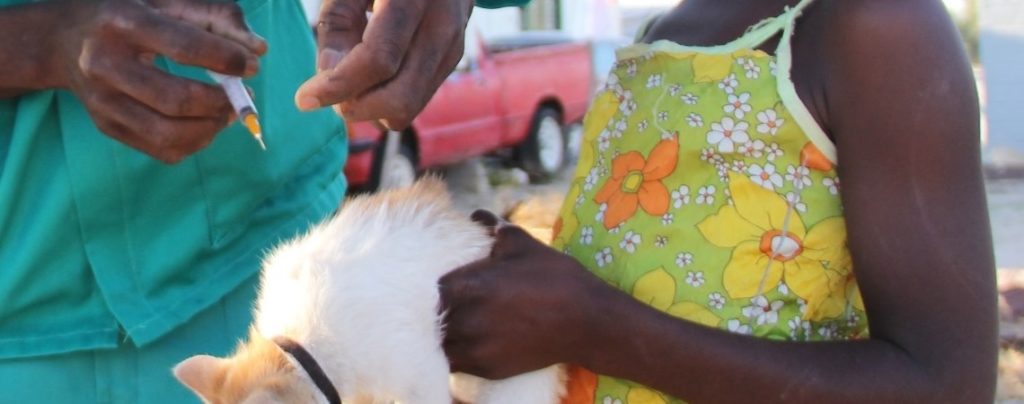INFORMATION EN CONTINU Posté sur 2023-09-22 13:50:06
Number of Women Veterinarians in South-East Asia Continues to Grow
Mots-clés
How can we better prepare for the future?
The feminisation of historically masculine veterinary professions continues in South-East Asia (SEA). The World Organisation for Animal Health (WOAH) first identified this trend in 2015, when it conducted its first Gender Assessment of Veterinary Services in SEA. Thanks to the support of Australia, WOAH commissioned another similar study this year to assess the progress and identify potential gaps.
The new findings confirm that the number of women professionals in the animal health sector continues to grow. Women constitute nearly 70% of public sector veterinarians in Malaysia and Singapore, and about 60% in Myanmar. In Brunei, almost 60% of private veterinarians are women. In Thailand, approximately half of all licensed veterinarians are women.
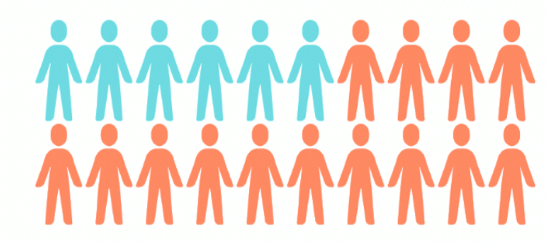
Women hold top-tier positions, such as Director General and Deputy Director General of veterinary departments in the agricultural ministries, which also indicates a changing trend within the industry. They occupy high-level positions in Brunei, Cambodia, Indonesia, Laos, Malaysia and Timor-Leste. Nevertheless, women representation in upper management is still an exception.
The animal health sector’s culture, institutions, and policies have yet to adjust to this change. Most of the existing policies do not explicitly consider gender, which often results in negative impact on the progression of women’s careers, notably women with small children, single mothers, or younger women professionals. Gender stereotyping is still prevalent, which leads to limited career advancement choices for women.
One quarter of all working women who participated in the Assessment reported having experienced different treatment based on their gender.
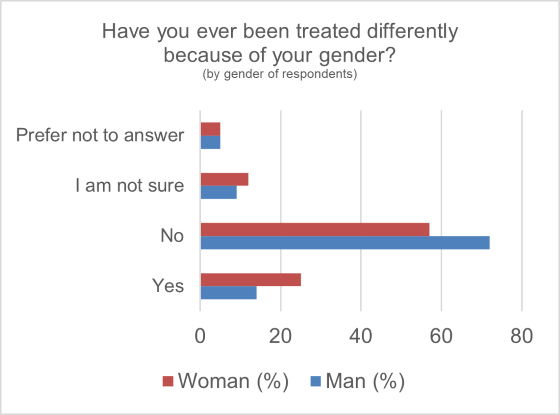
More women than men are currently graduating with veterinary degrees in many South-East Asian countries. According to interviewed academics, the number of female veterinary students range from about 35% in Cambodia to around 70-80% in Thailand. The Assessment shows that more women than men find jobs within the first six months after graduation. However, in the beginning of their careers, young women veterinarians report experiencing discrimination because of the combination of their age and gender.
Facing the glass ceiling
The vast majority of female veterinarians face a glass ceiling. Even though professional promotion in the public sector in most SEA countries is merit-based and gender-neutral, invisible barriers prevent women from reaching upper management positions. For instance, for someone to be promoted to top-tier positions they must have diverse experience and relocate frequently, which is difficult for women who are tending to their families. In addition, women face an assumption that they cannot work as much, as hard, or as well as men. When interviewed, a woman from Indonesia responded, ‘As a woman you have to perform higher. Because your mistakes are being looked at. If you make a mistake, people will say, oh, it’s because she is a woman, she doesn’t work well, right? That happened with me a lot.’
Who will work on farms?
There is a common assumption that women are not suitable for and are not inclined towards working with large animals. The Assessment showed that reality is more nuanced. About 40% of surveyed female students stated that working with pet animals would be an ideal job for them after graduation. And as their second leading choice, 17% wanted to work with farm animals. In addition, 65% suggested that they would be willing to apply for a job in a rural area after graduation.
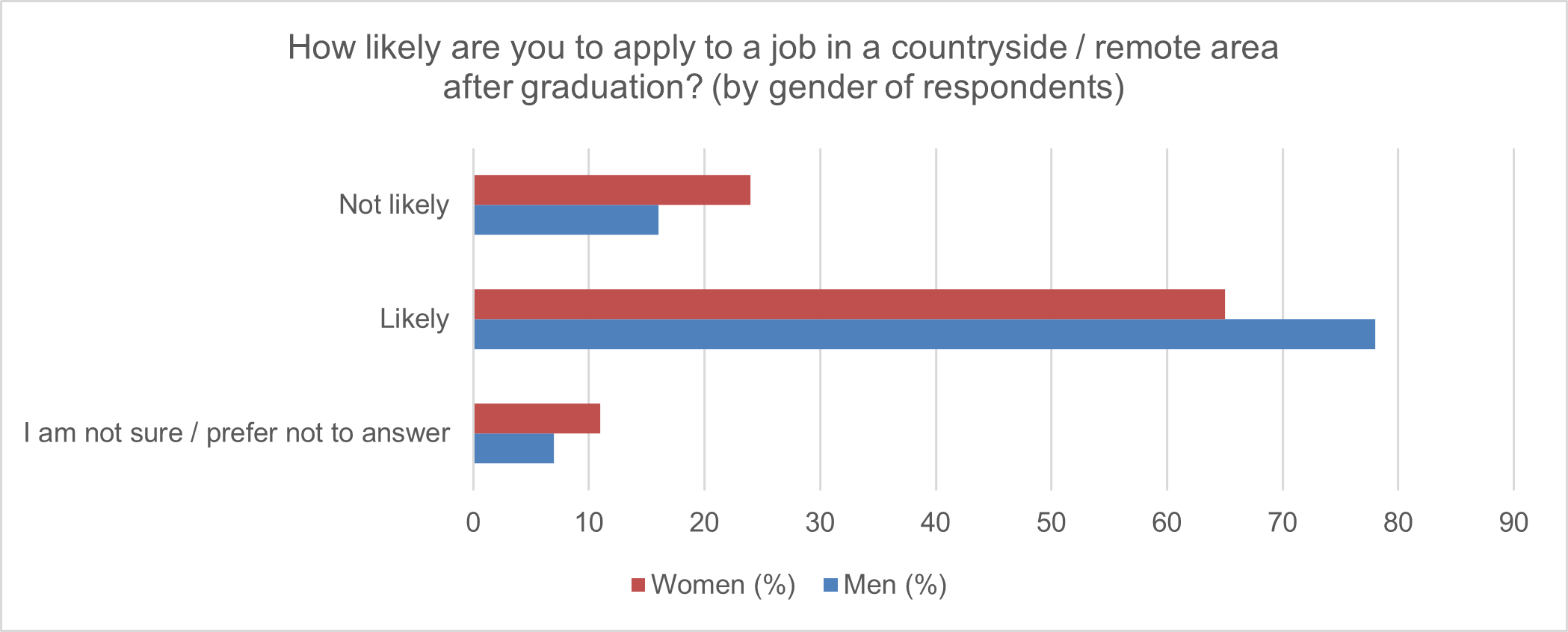
However, most of the national school systems in the region seem to discourage women from working with livestock. During field visits, female students rarely get to practice working with large farm animals. They also constantly hear that this job is not for them. As a result, they do not develop skills and confidence. A woman interview respondent from Malaysia stated, ‘During the fieldwork, we have to do blood sampling of a horse. So, he [the instructor] said, “Oh, please, let a man do this…” Then I told him that I want[ed] to try. And it only took me less than 30 seconds [to take the sample]. It’s already 2023, and women can do everything a man can [do].’
South-East Asian countries have made progress towards the empowerment of women in the veterinary sector since 2015. Efforts to adjust institutional practices and to address stereotypes must continue. If not, the industry may miss a substantive number of capable employees. In the coming years, WOAH will engage stakeholders on this important topic to improve gender-related tools, understanding, and collaboration with its Members.
Full report accessible here: Gender Assessment of Veterinary Services in South-East Asia – WOAH – Asia




